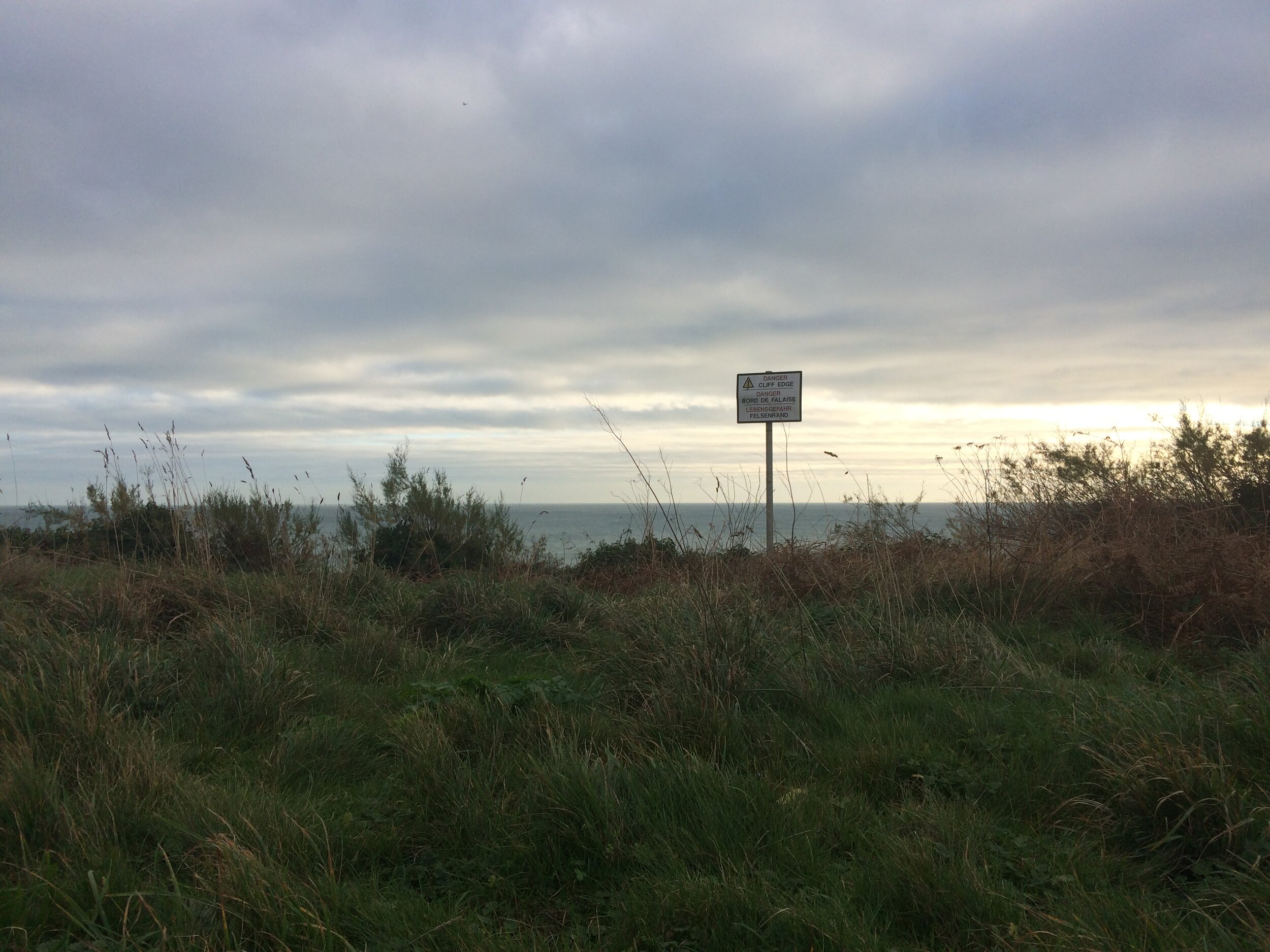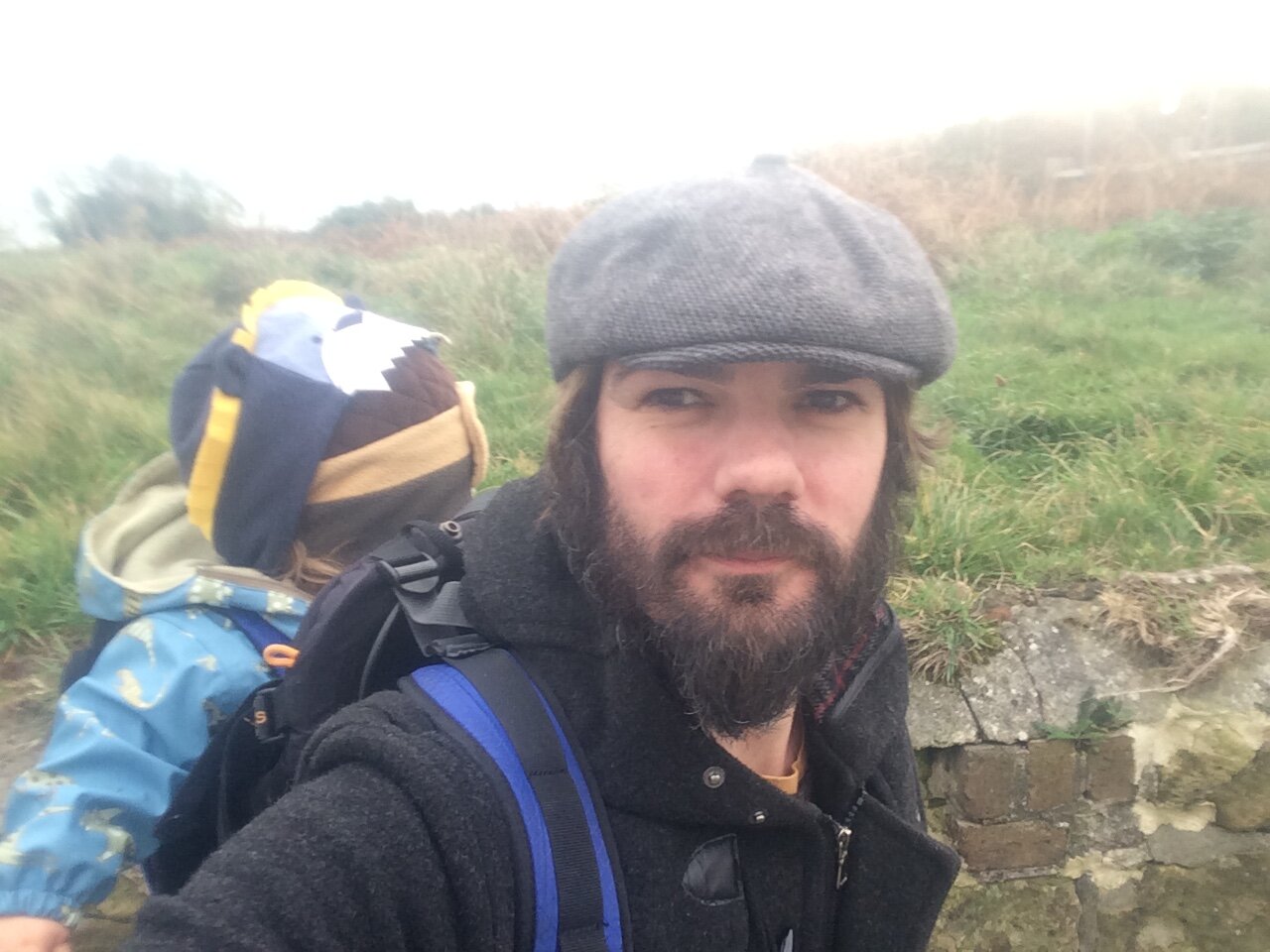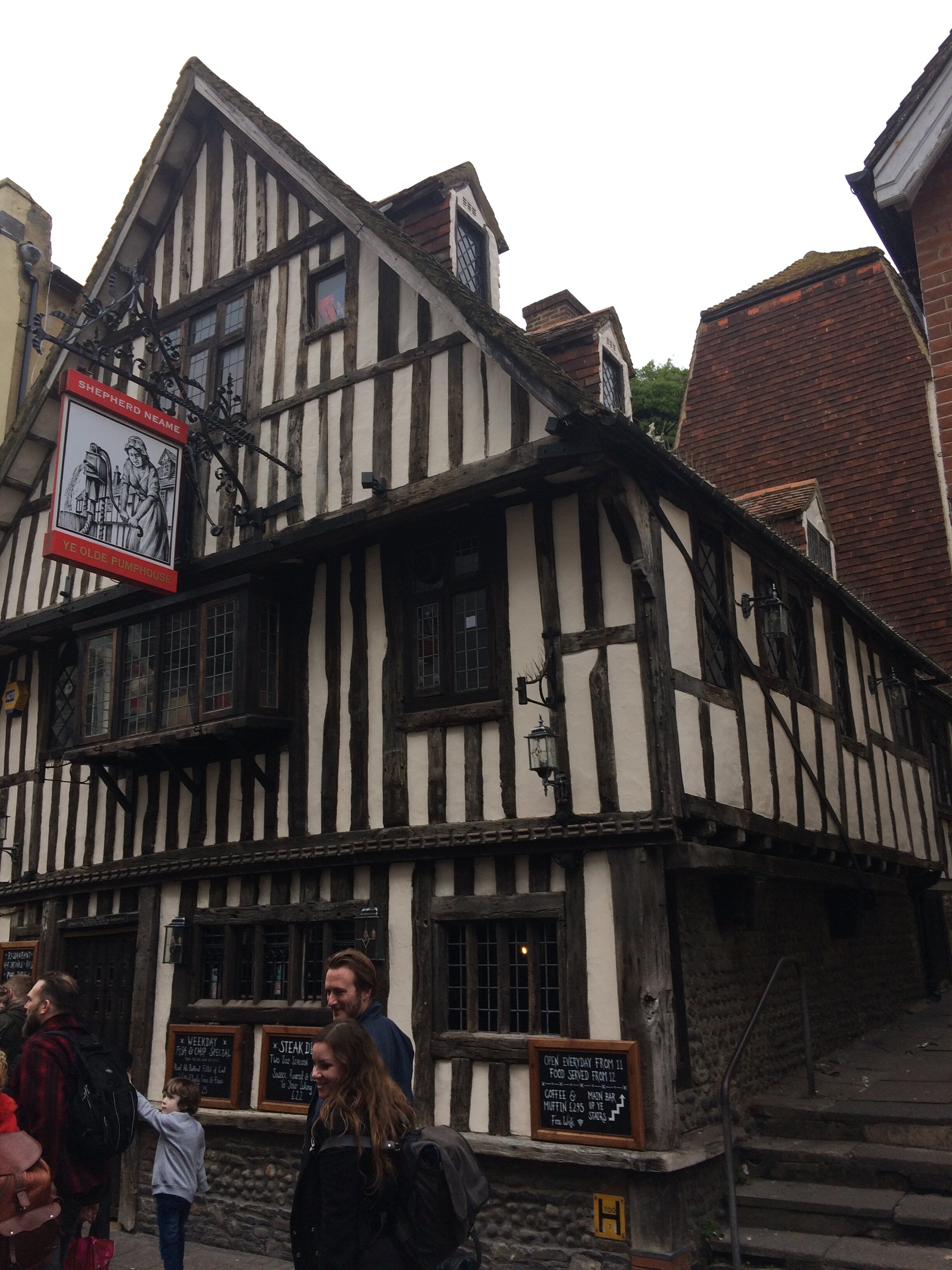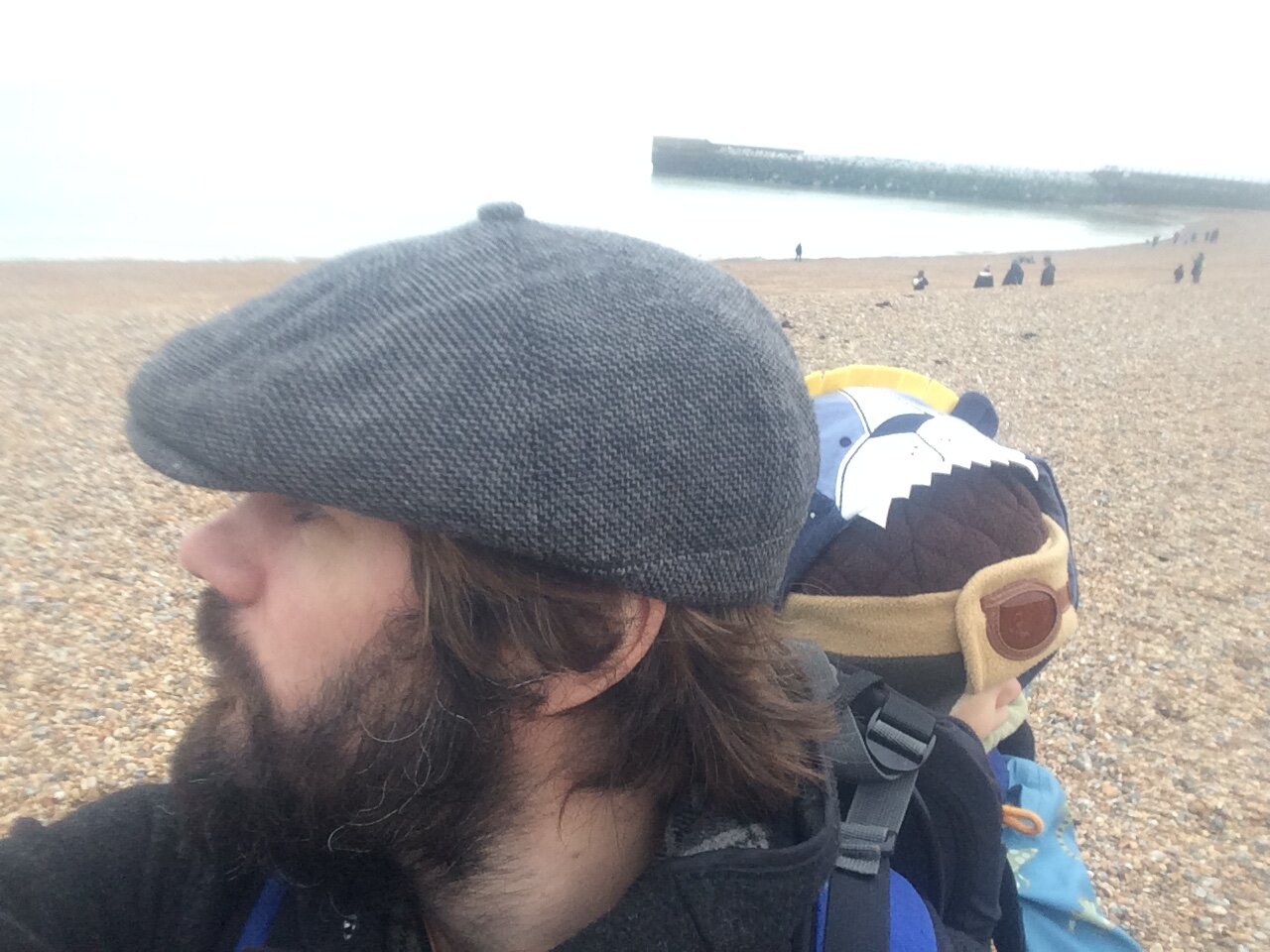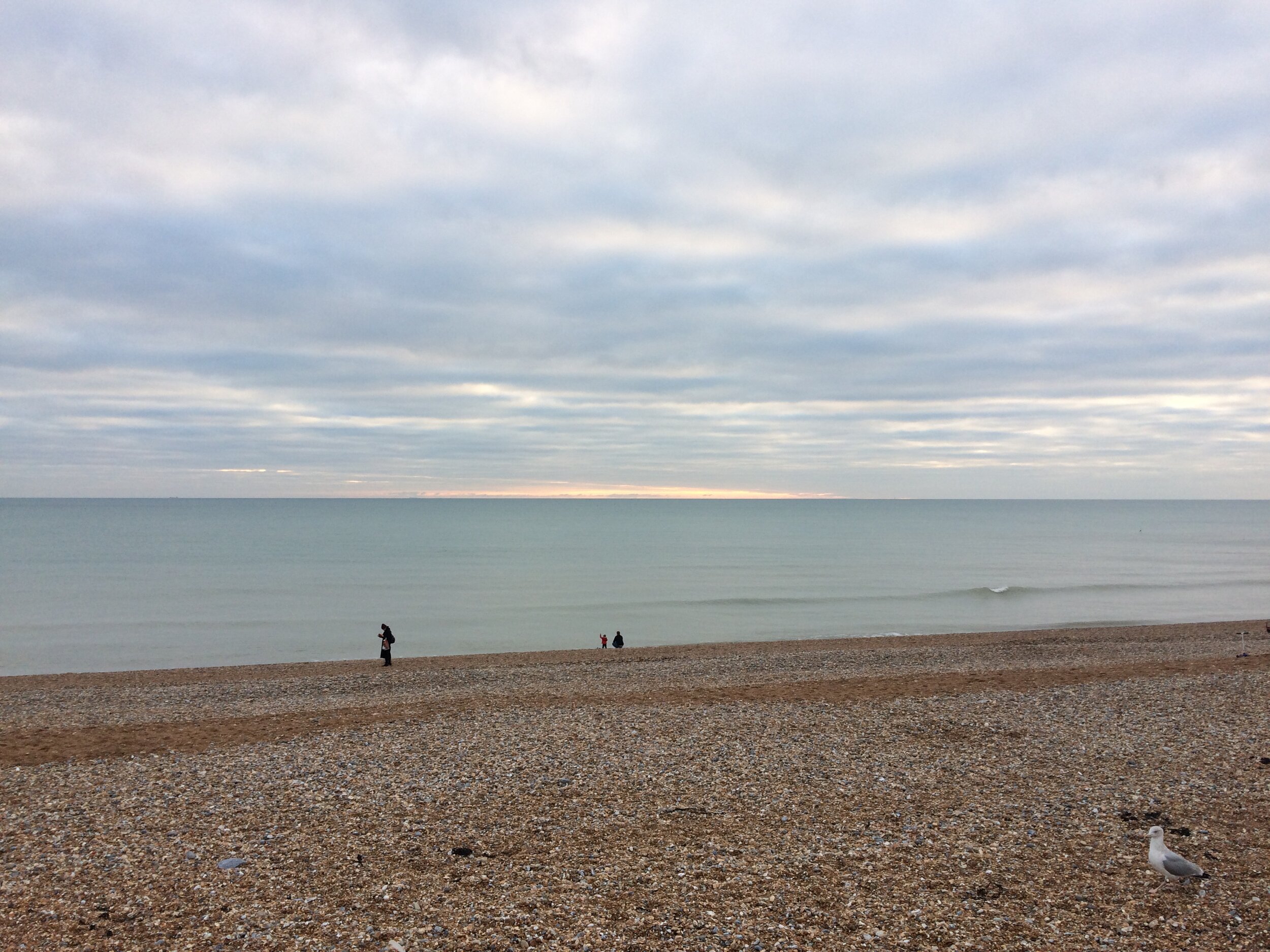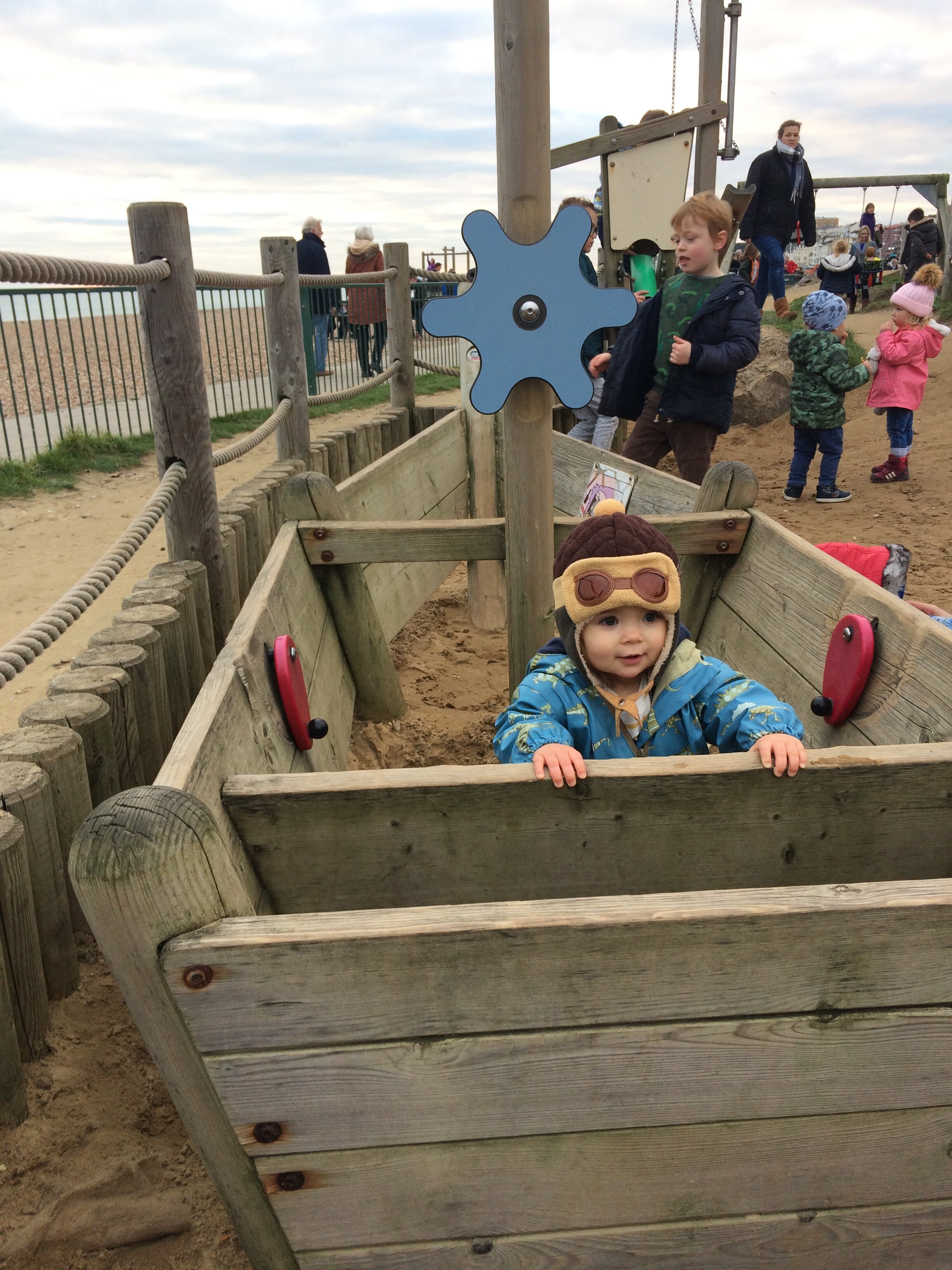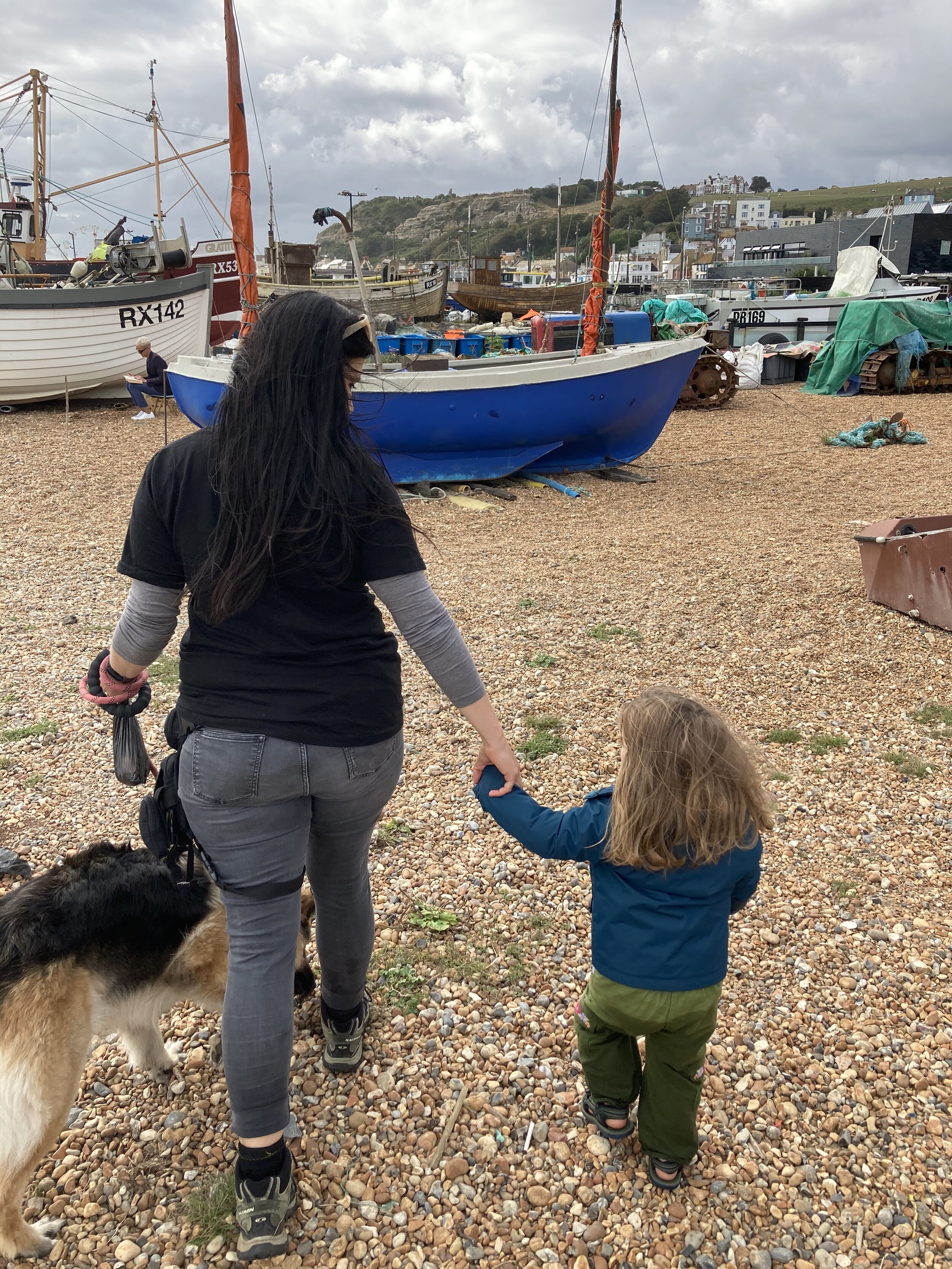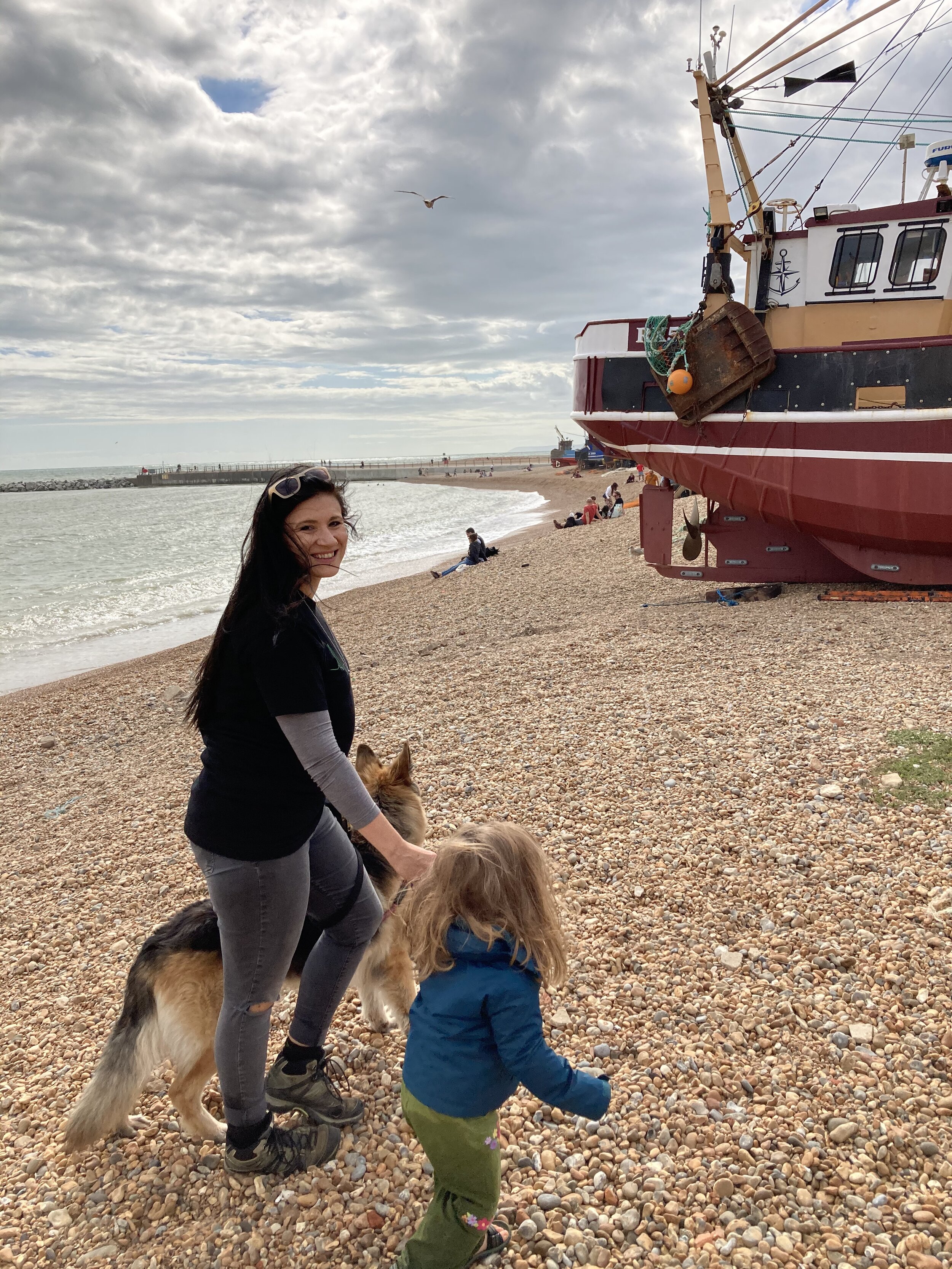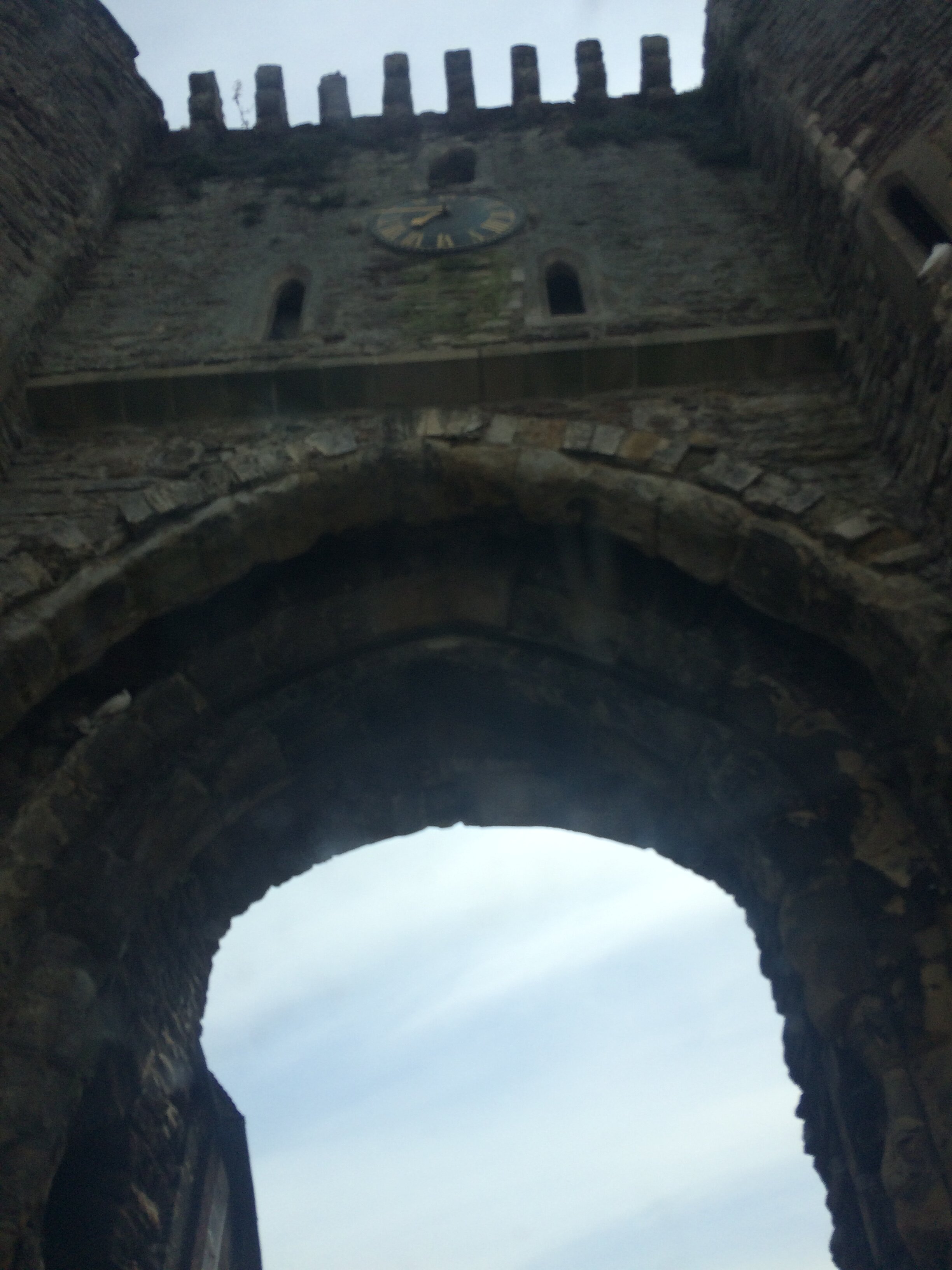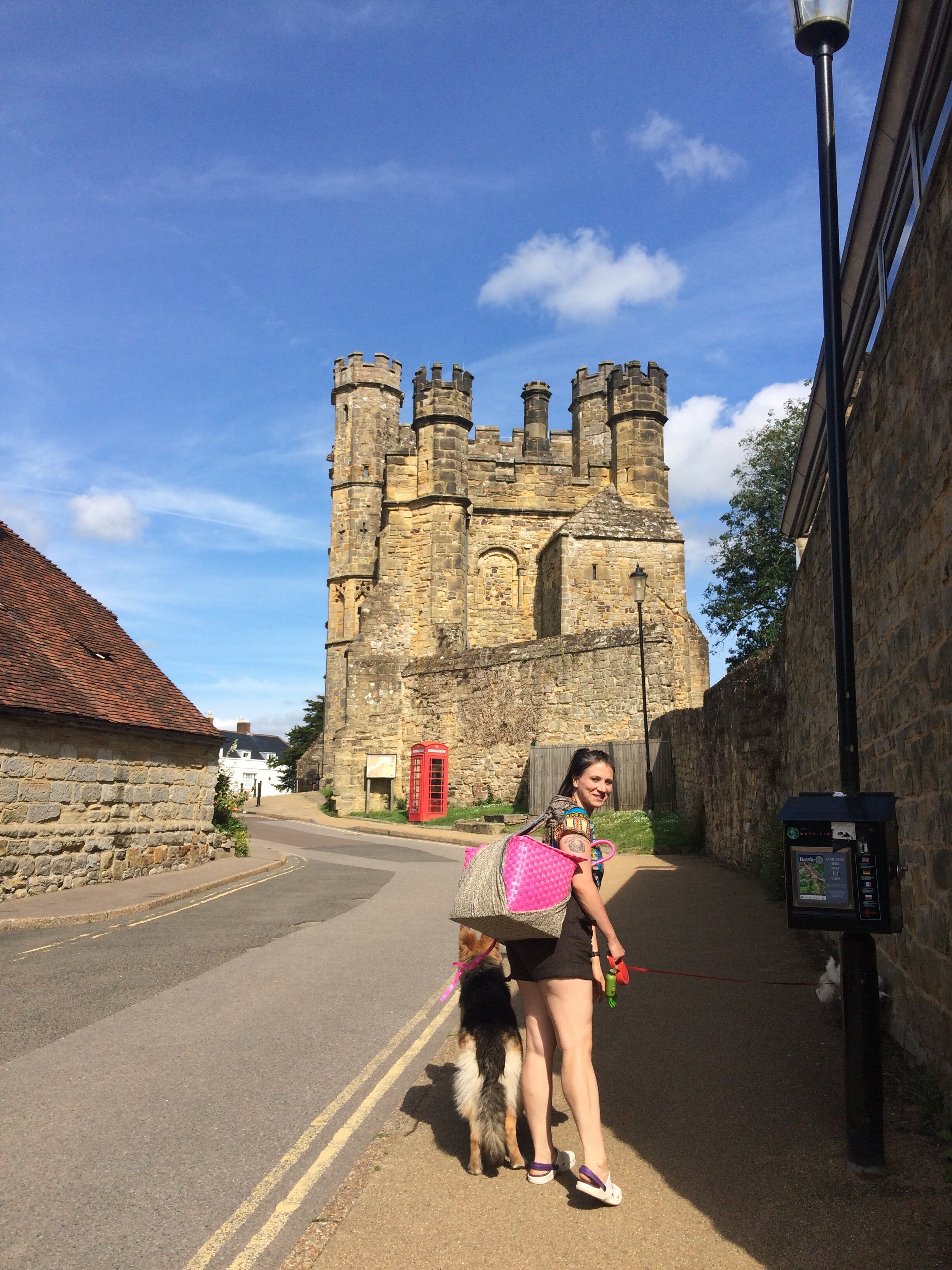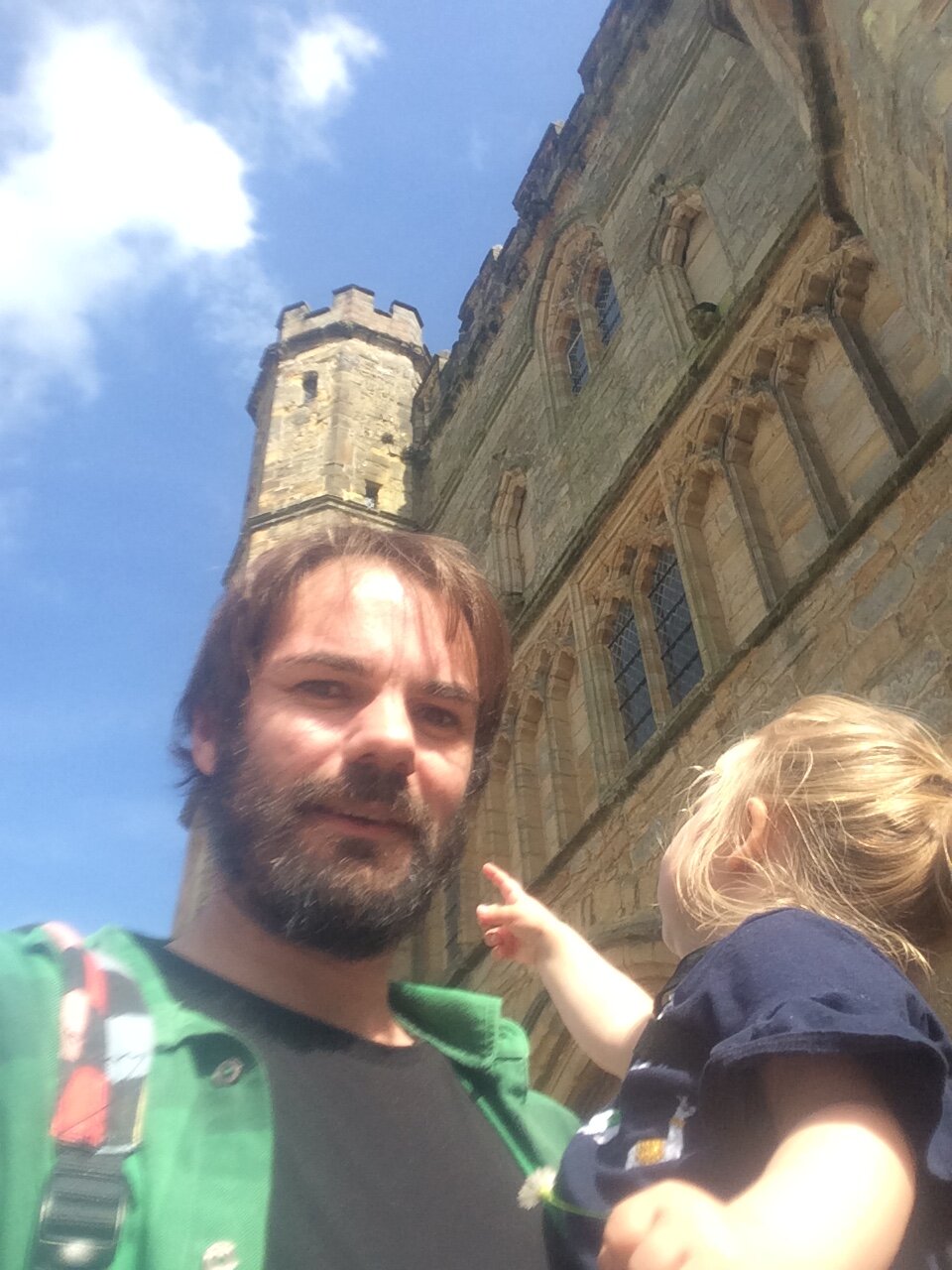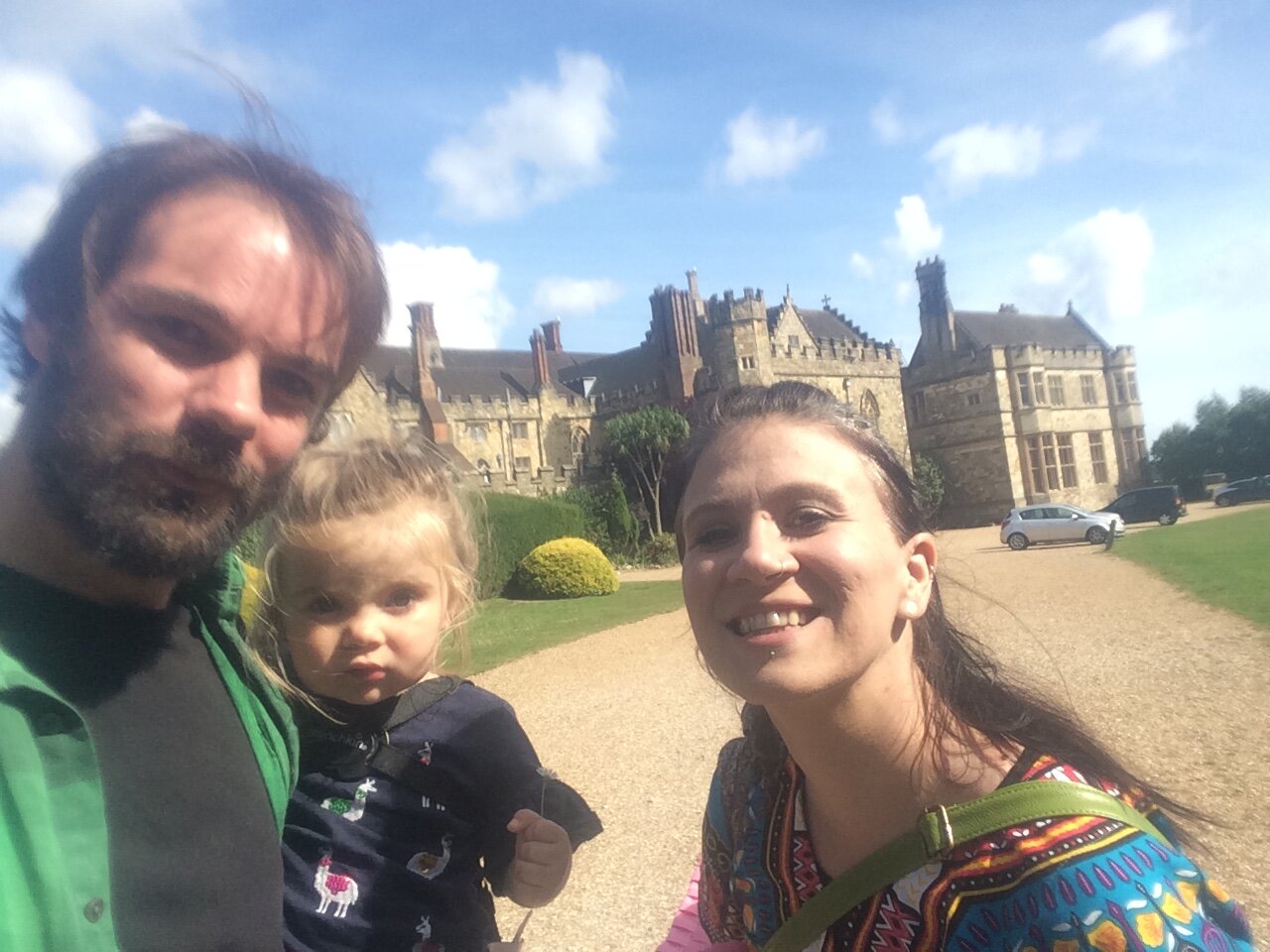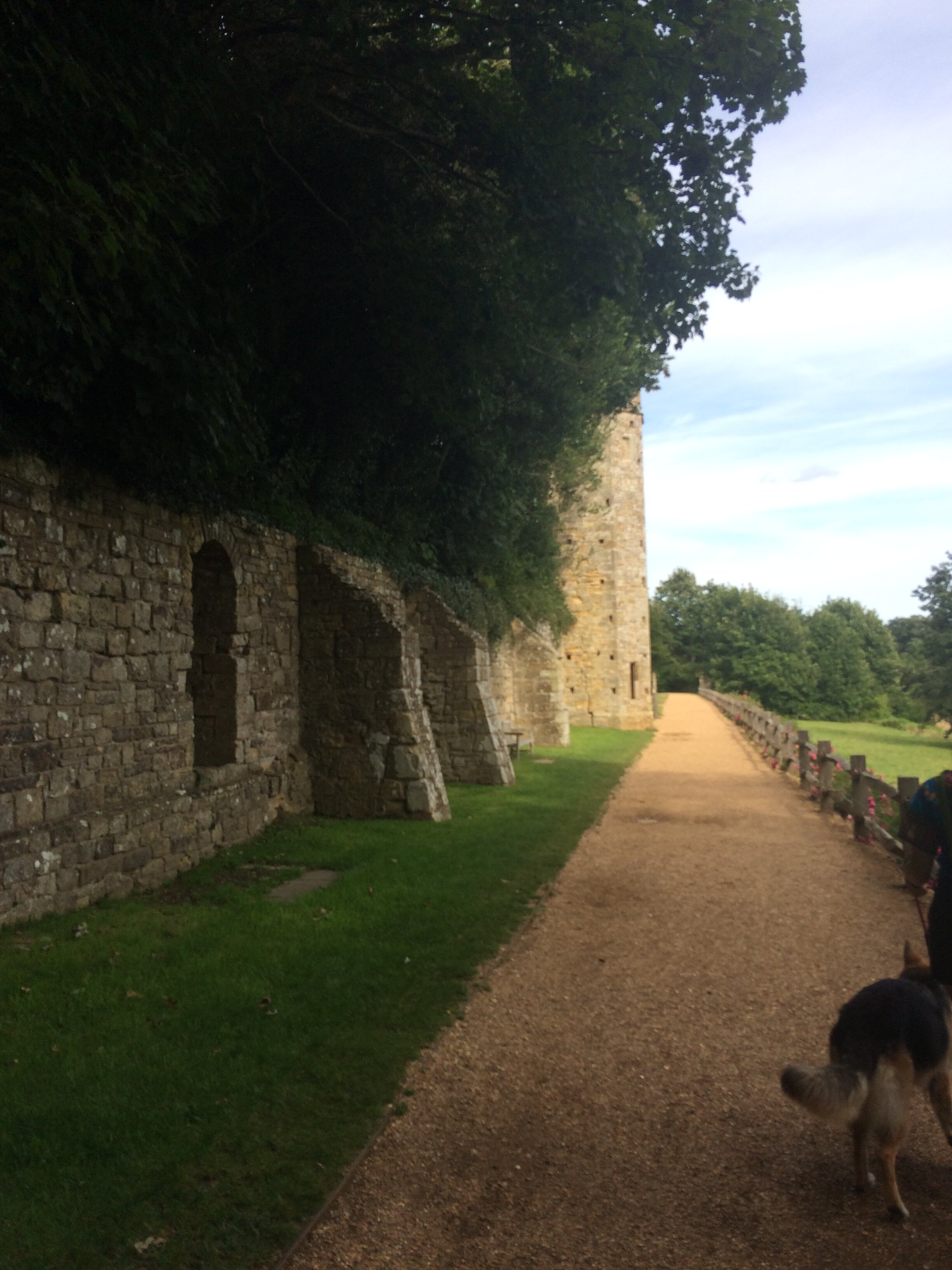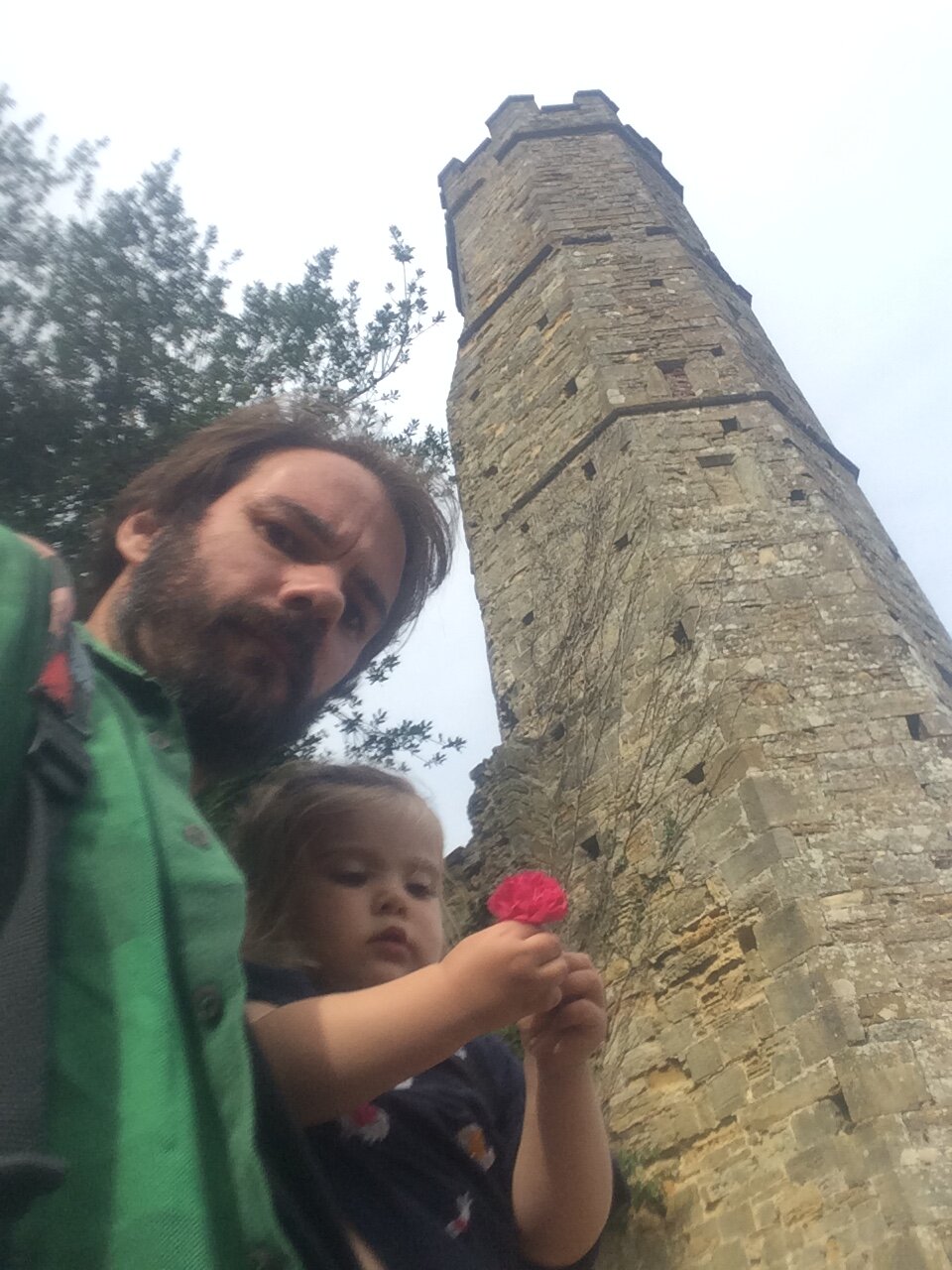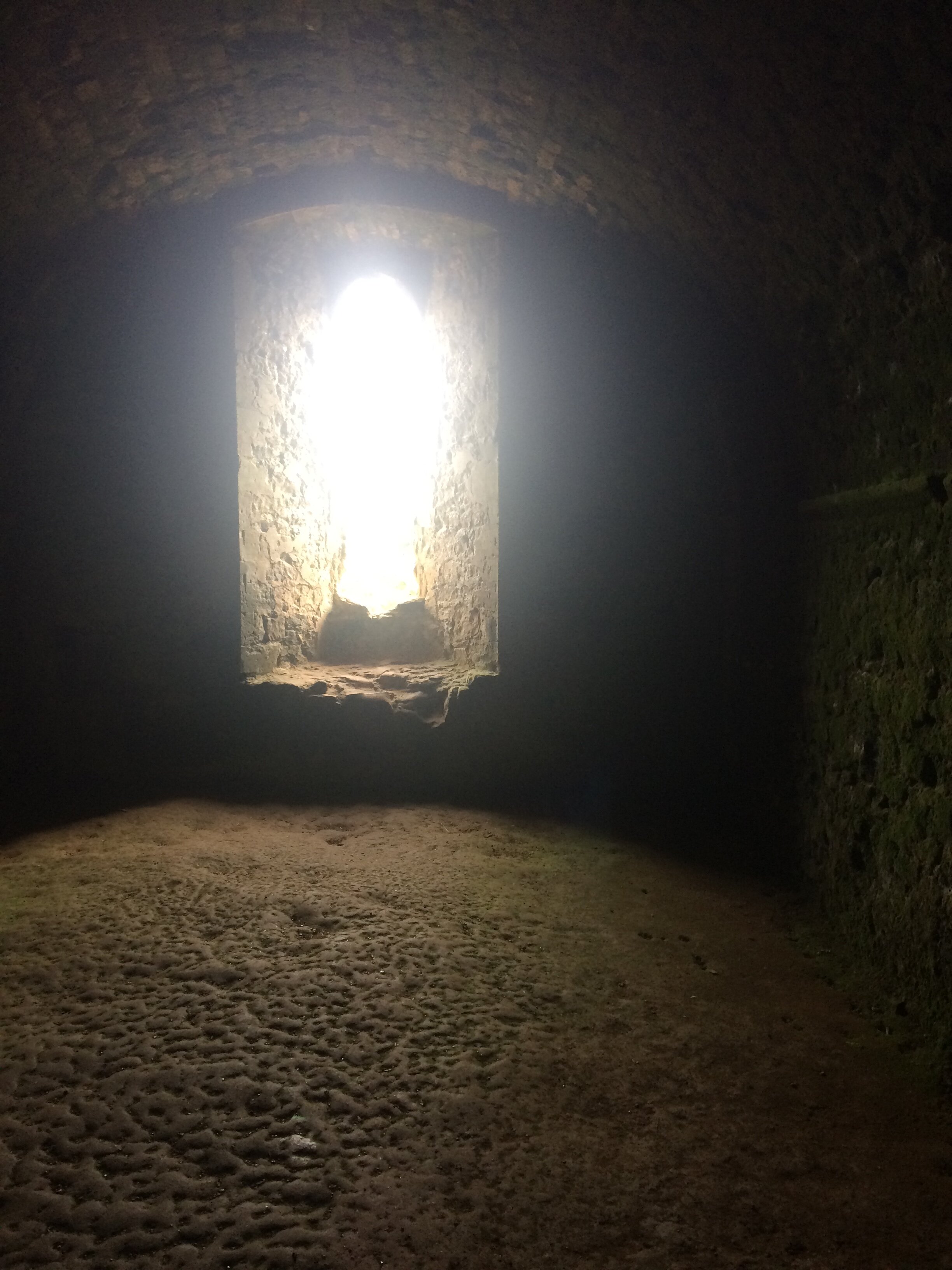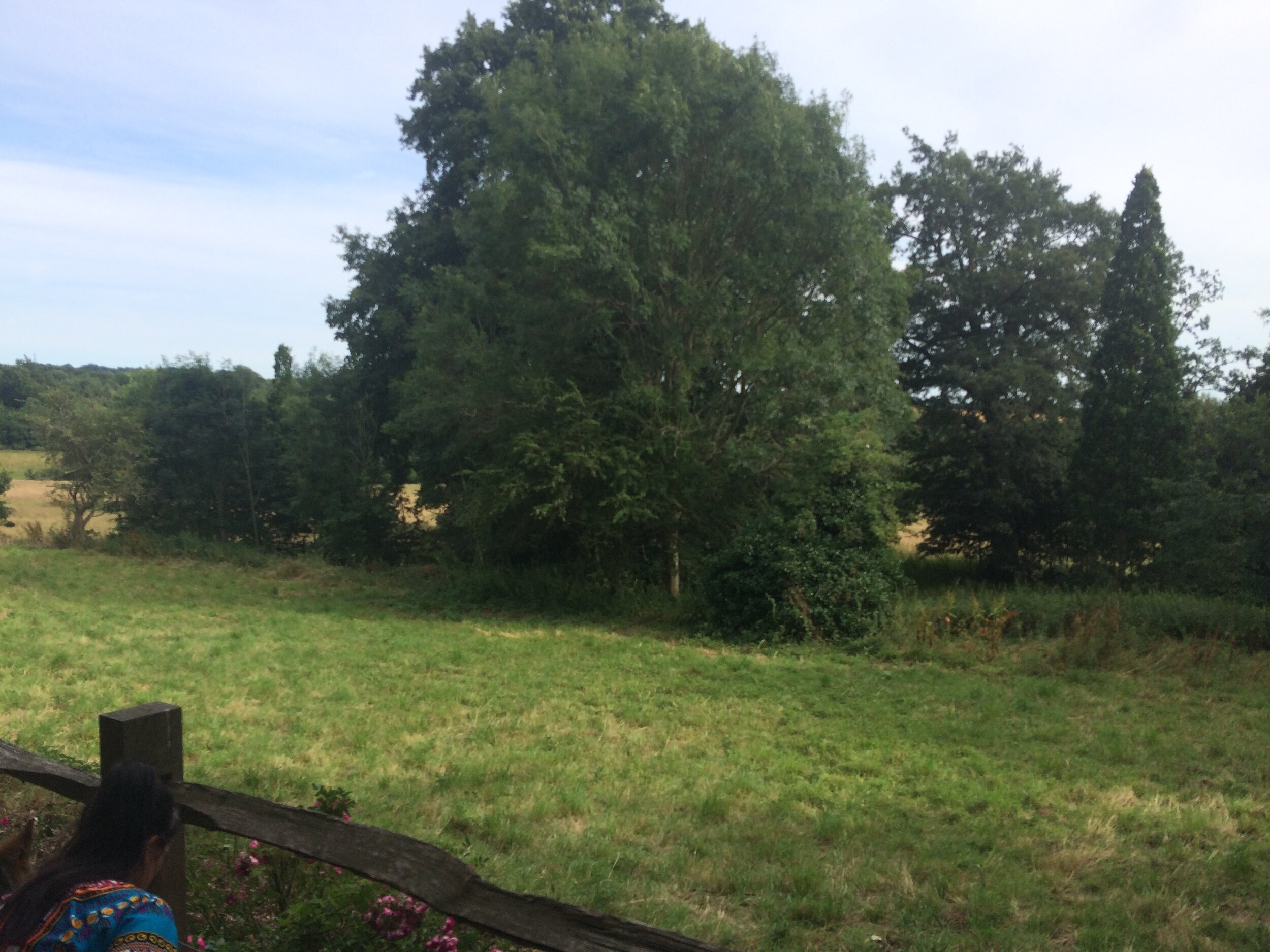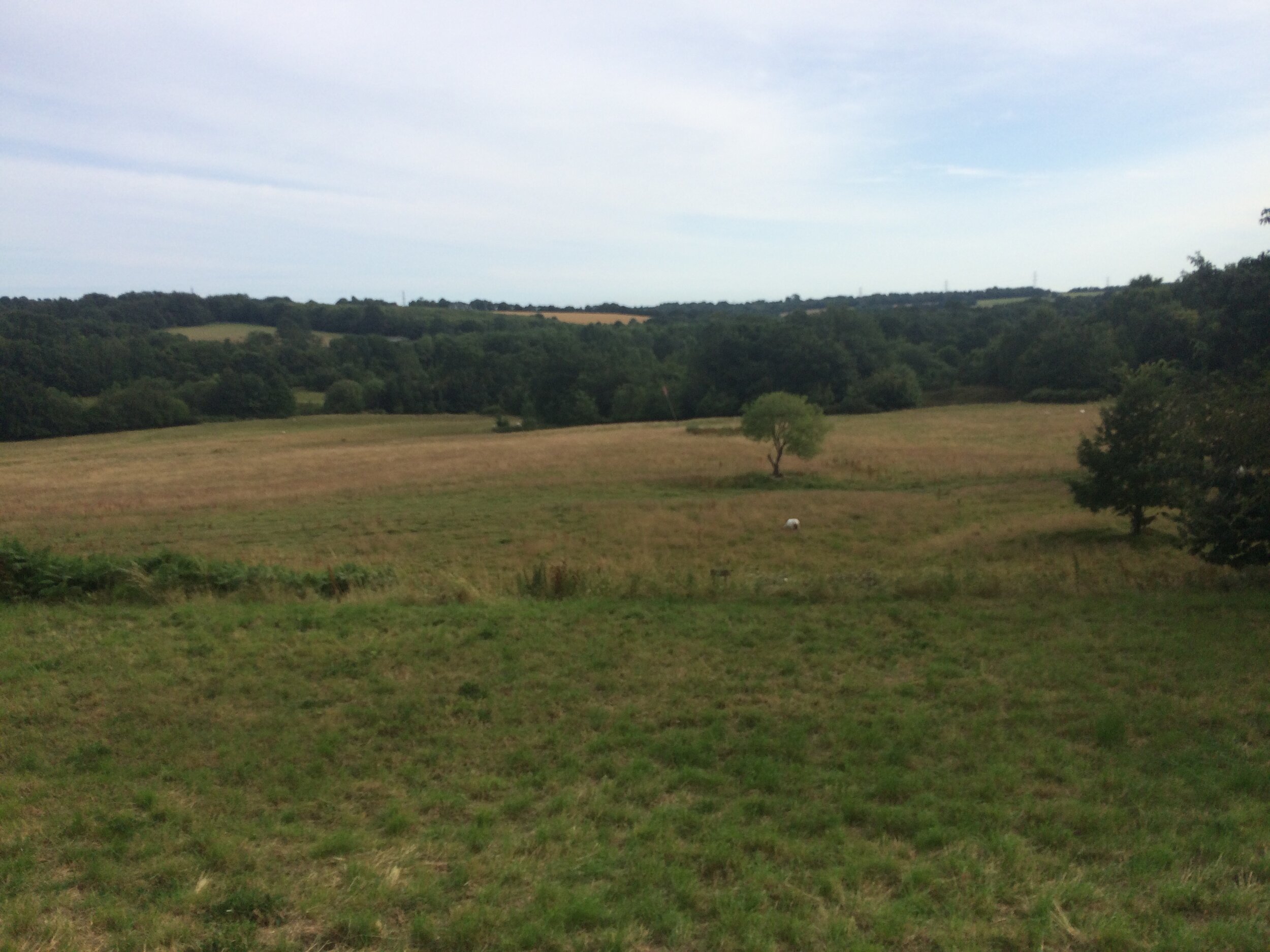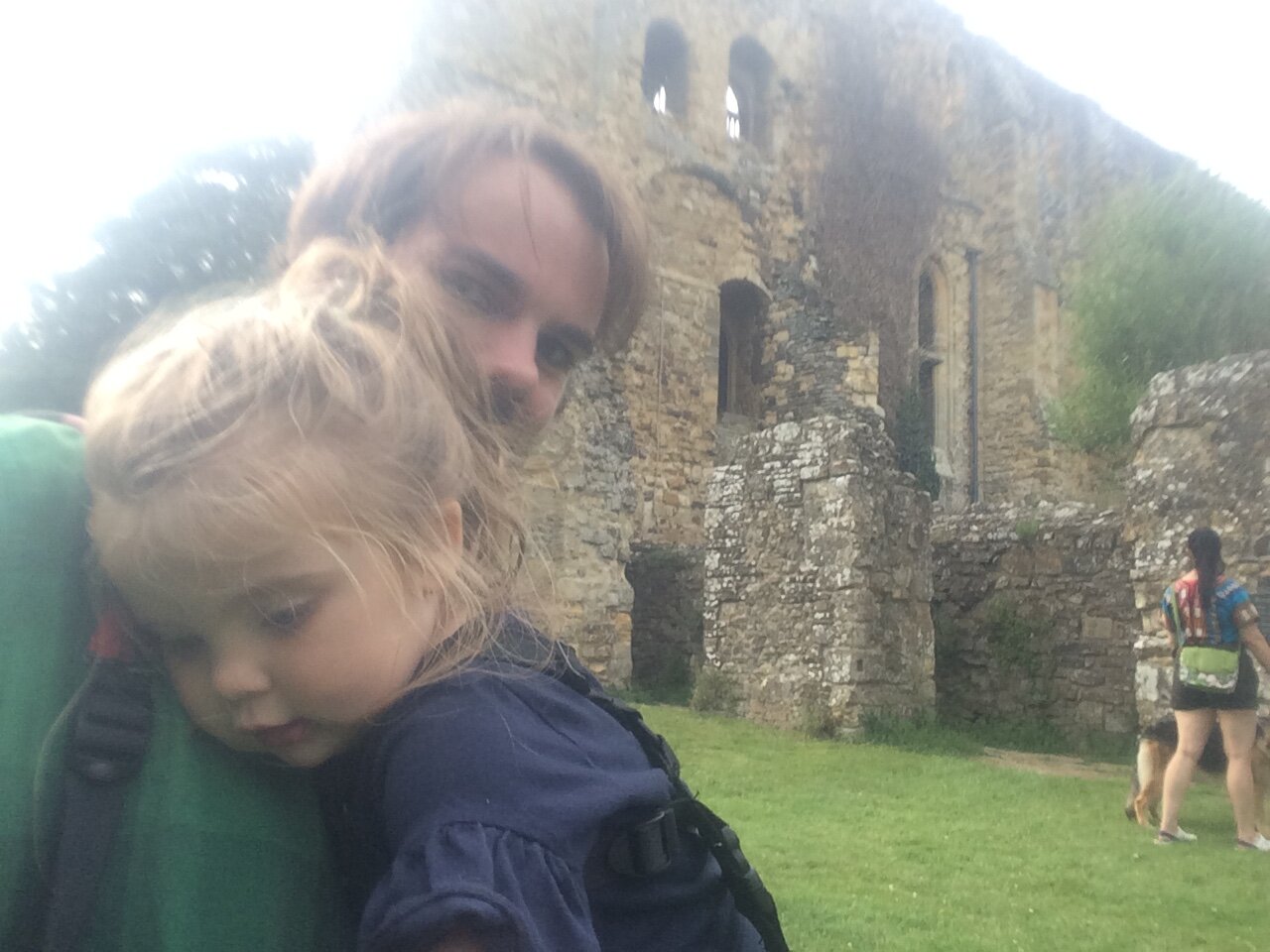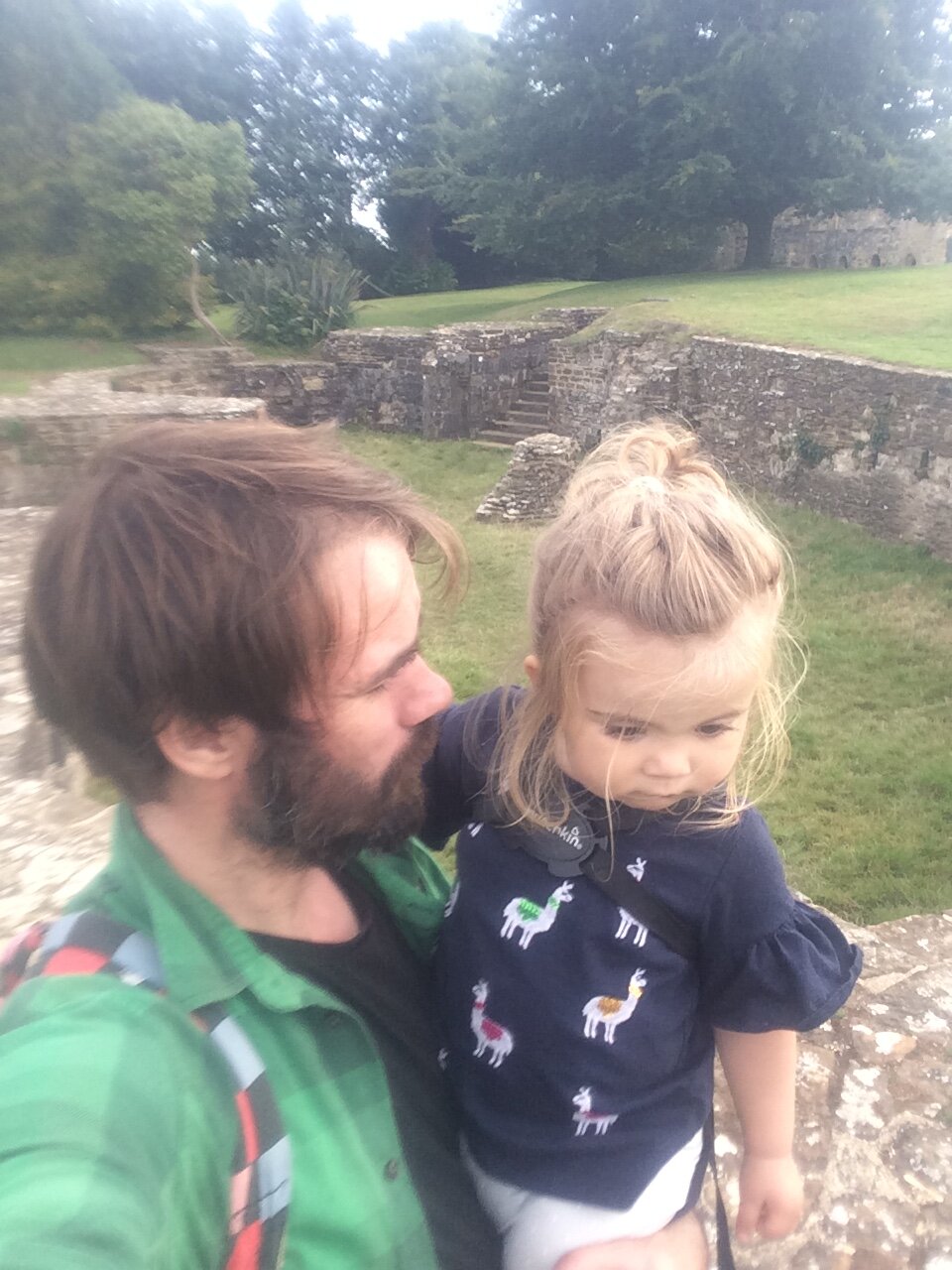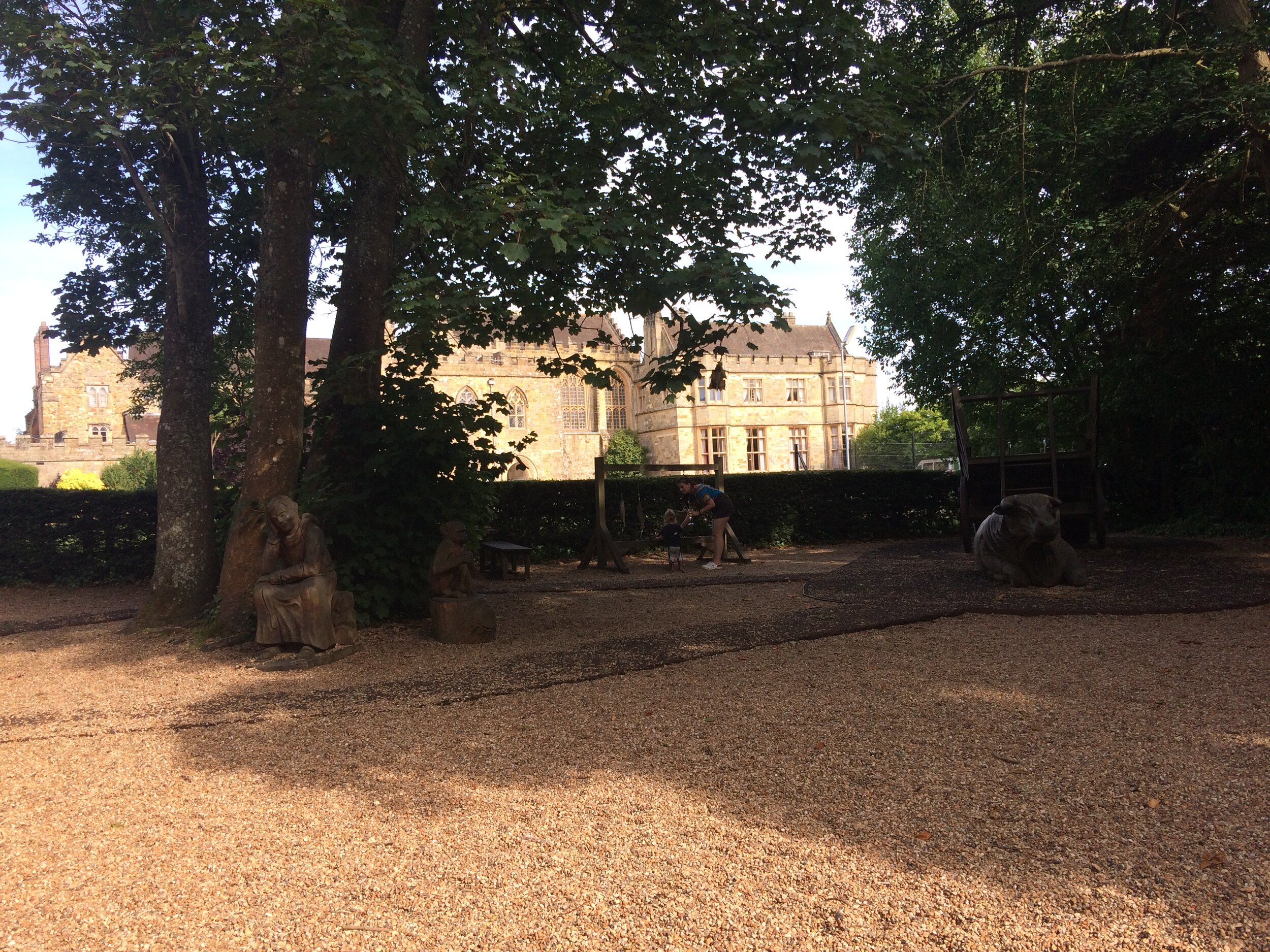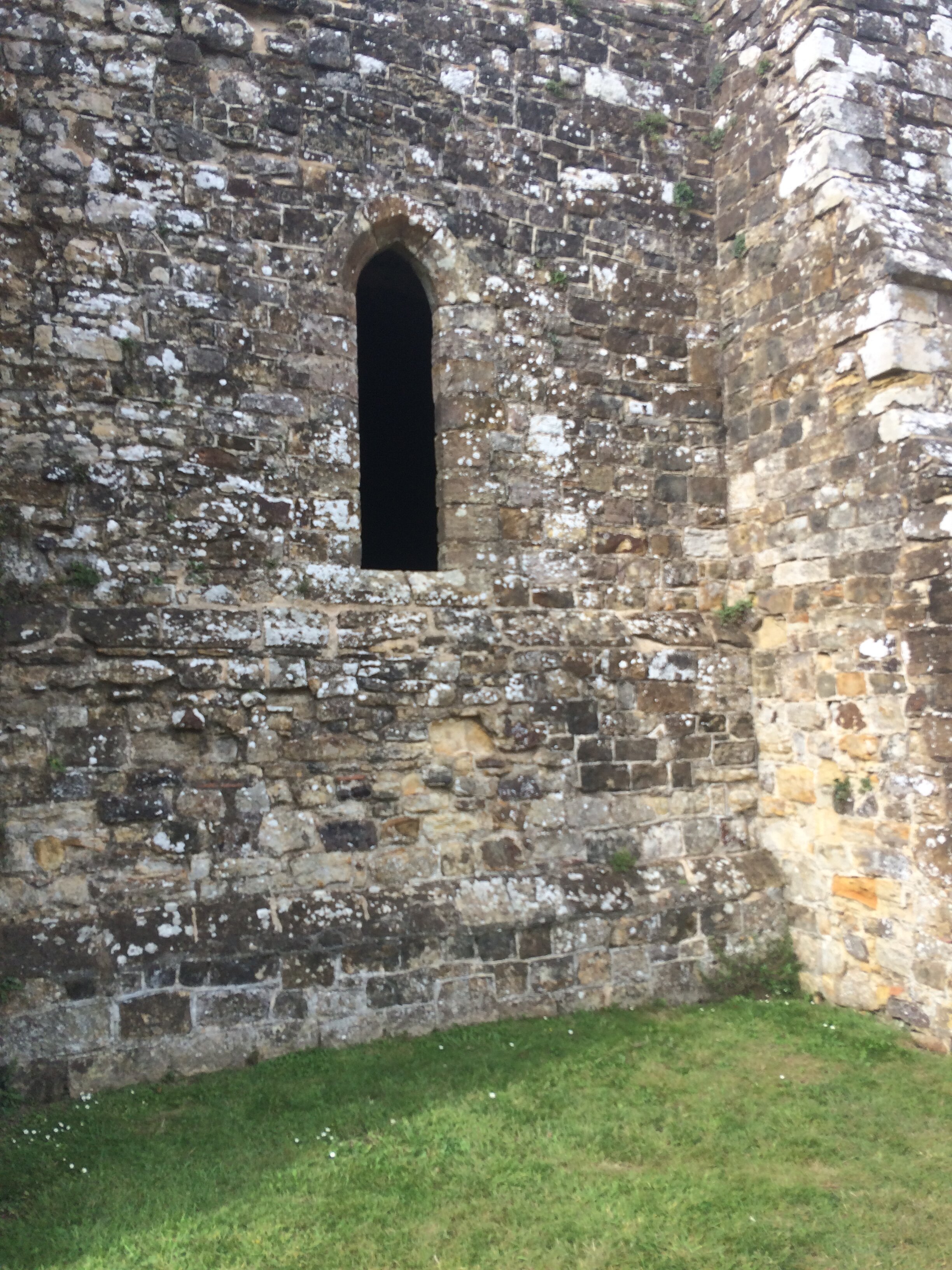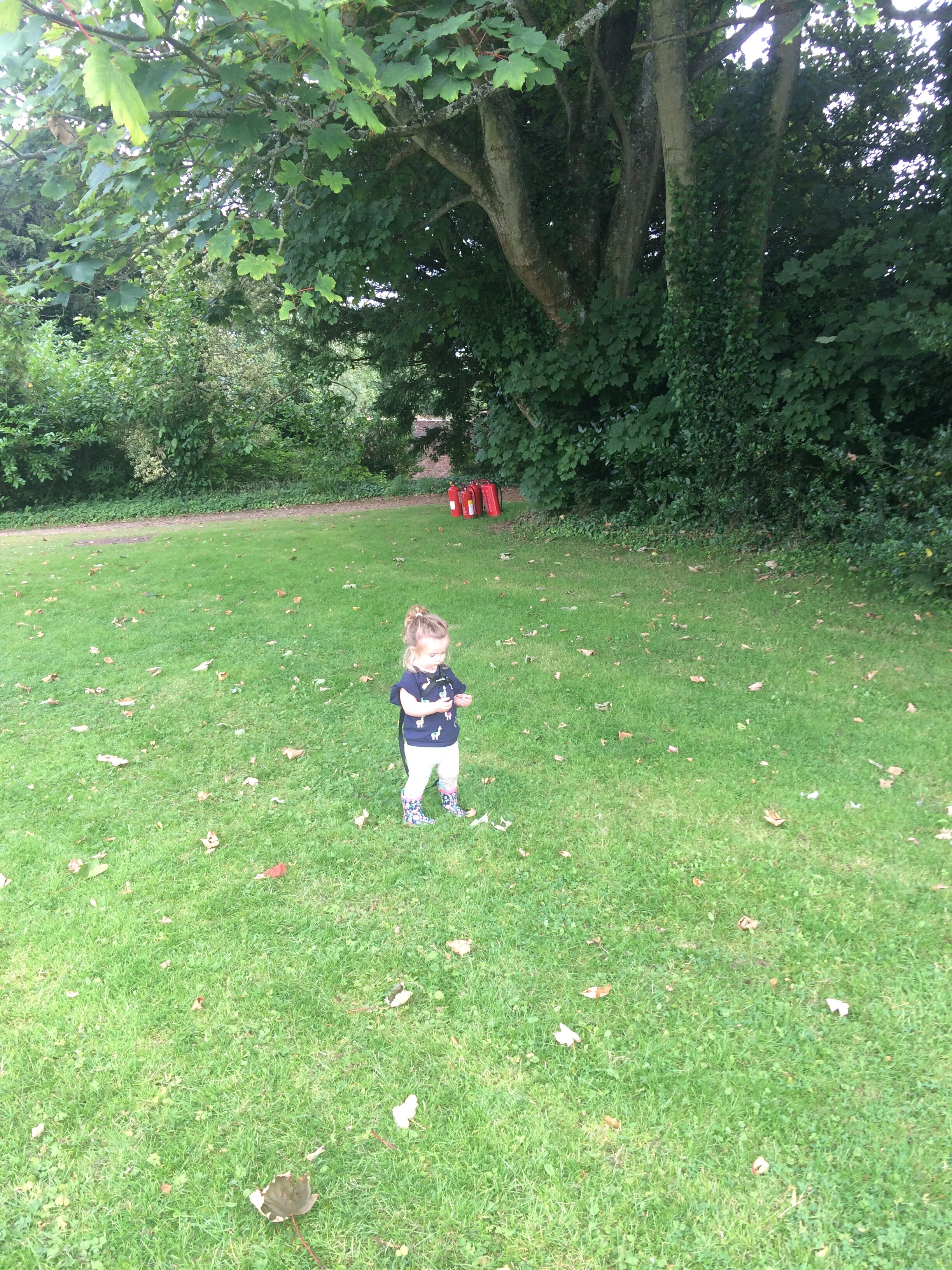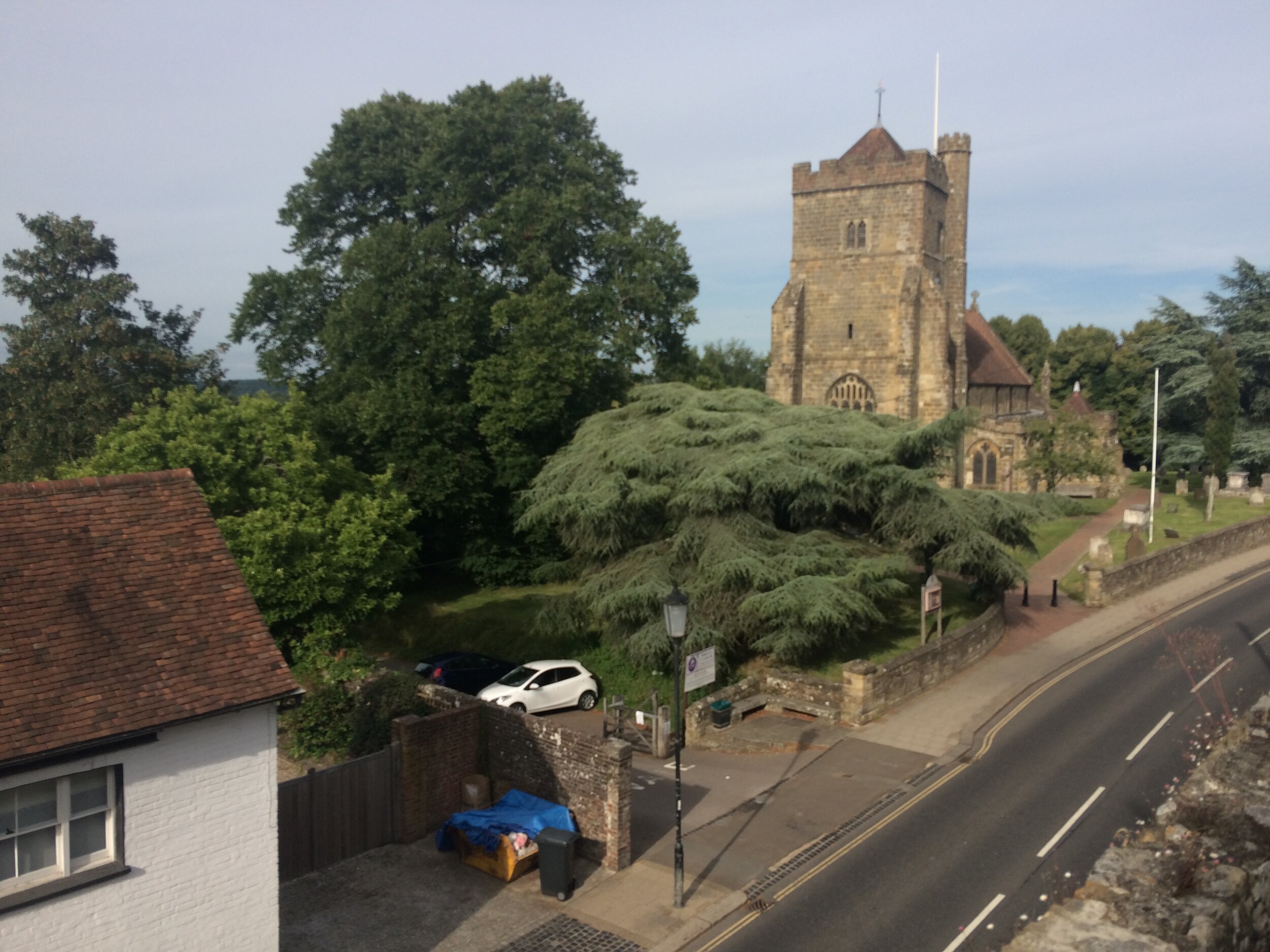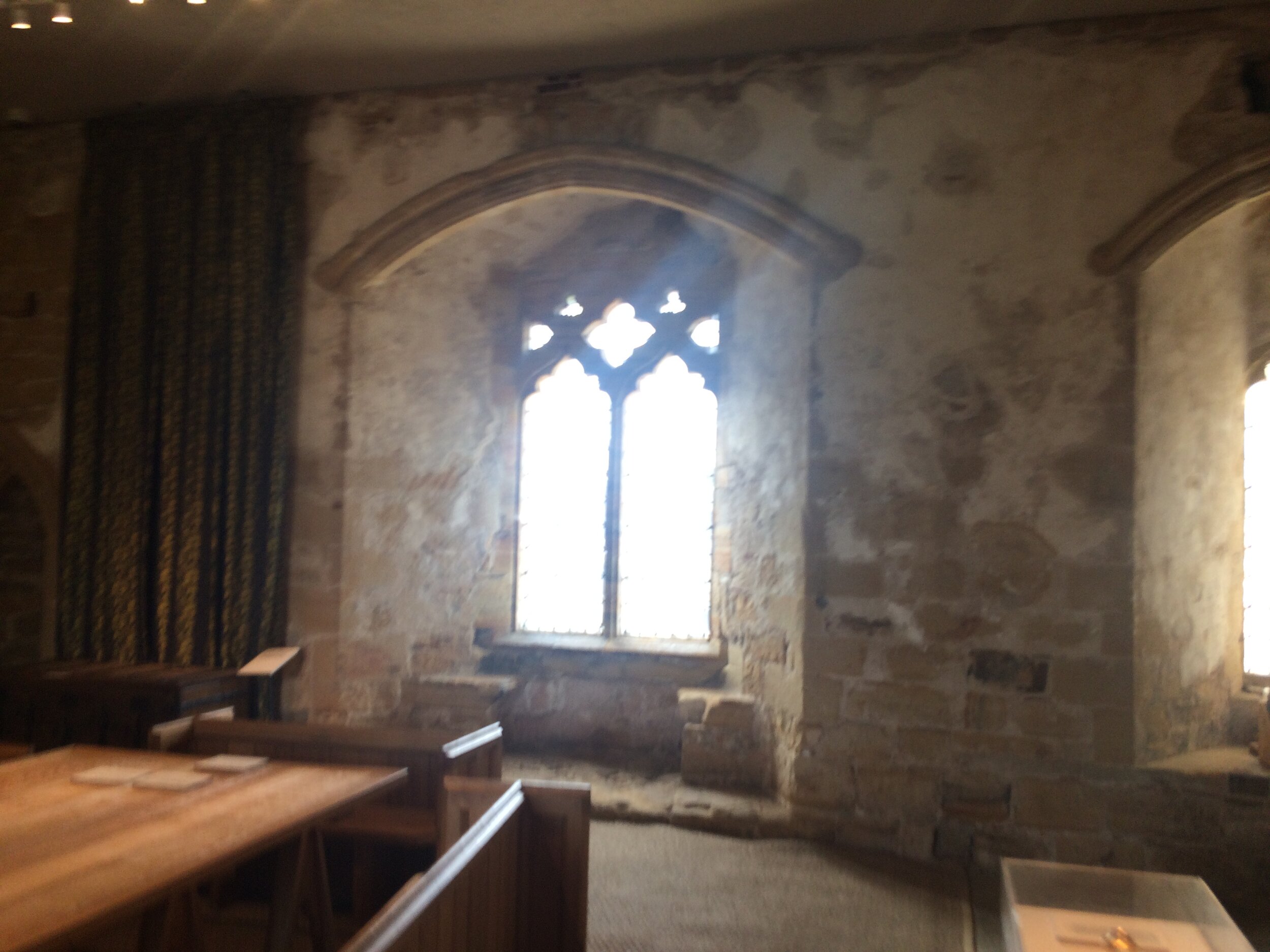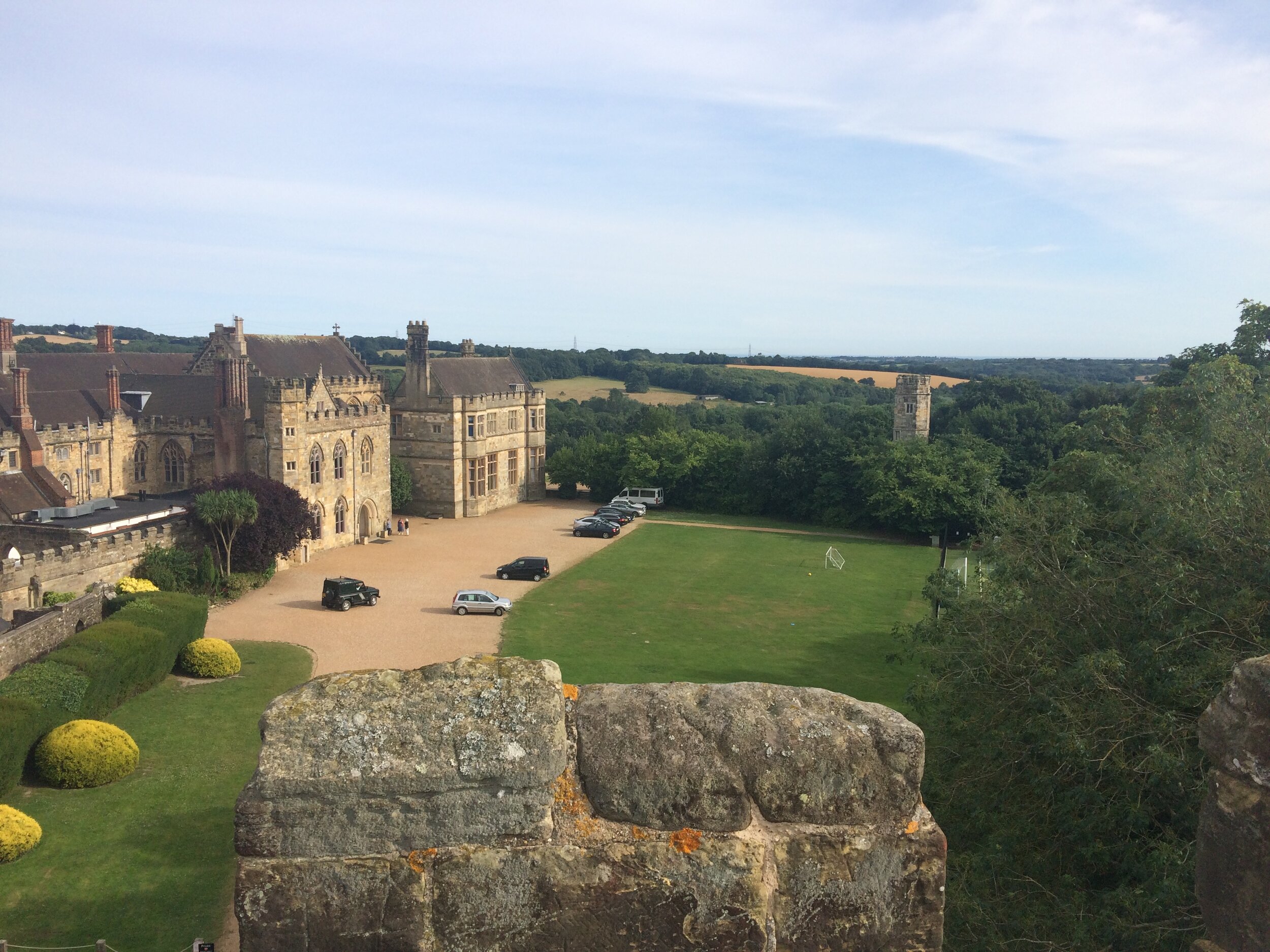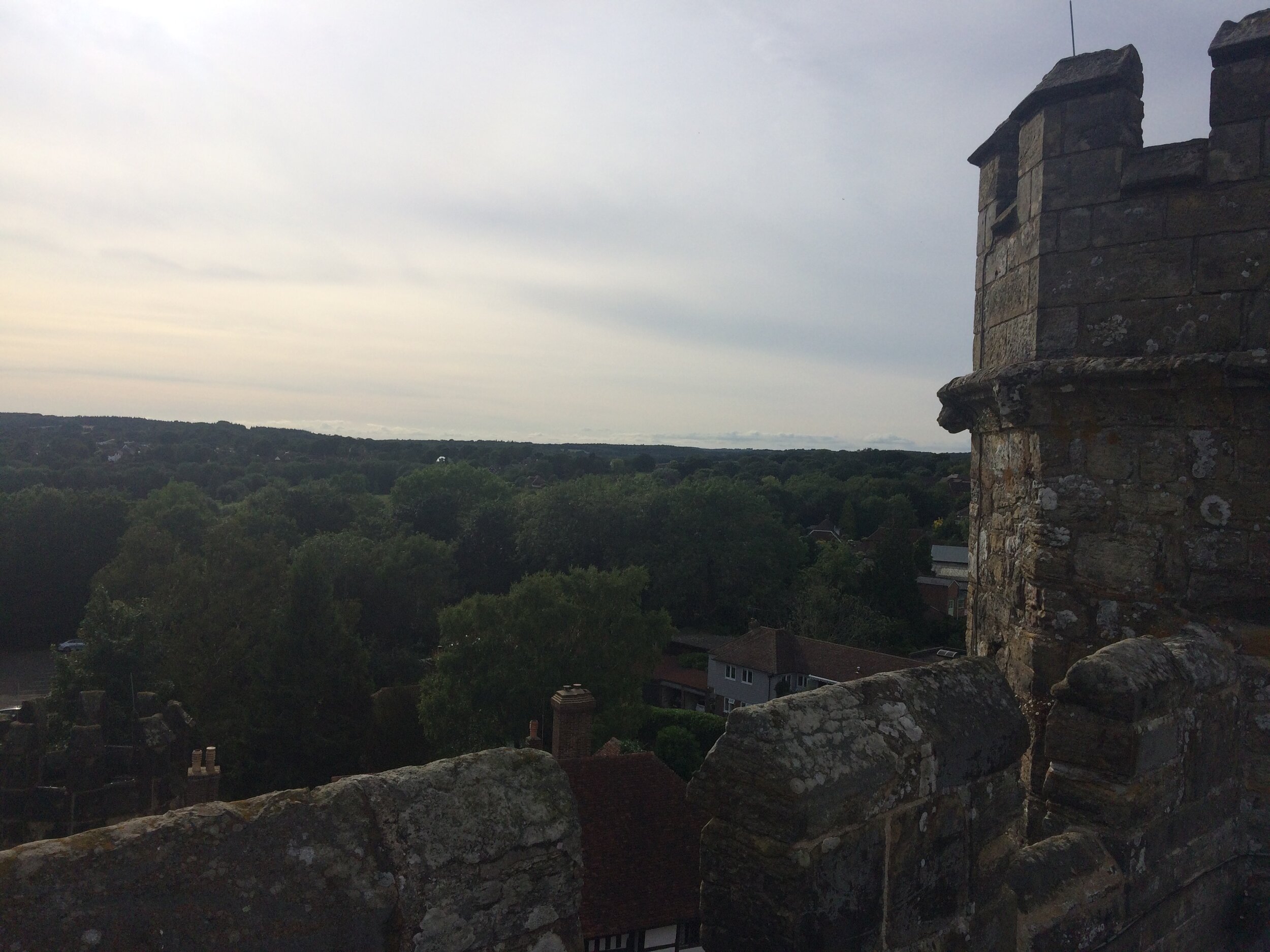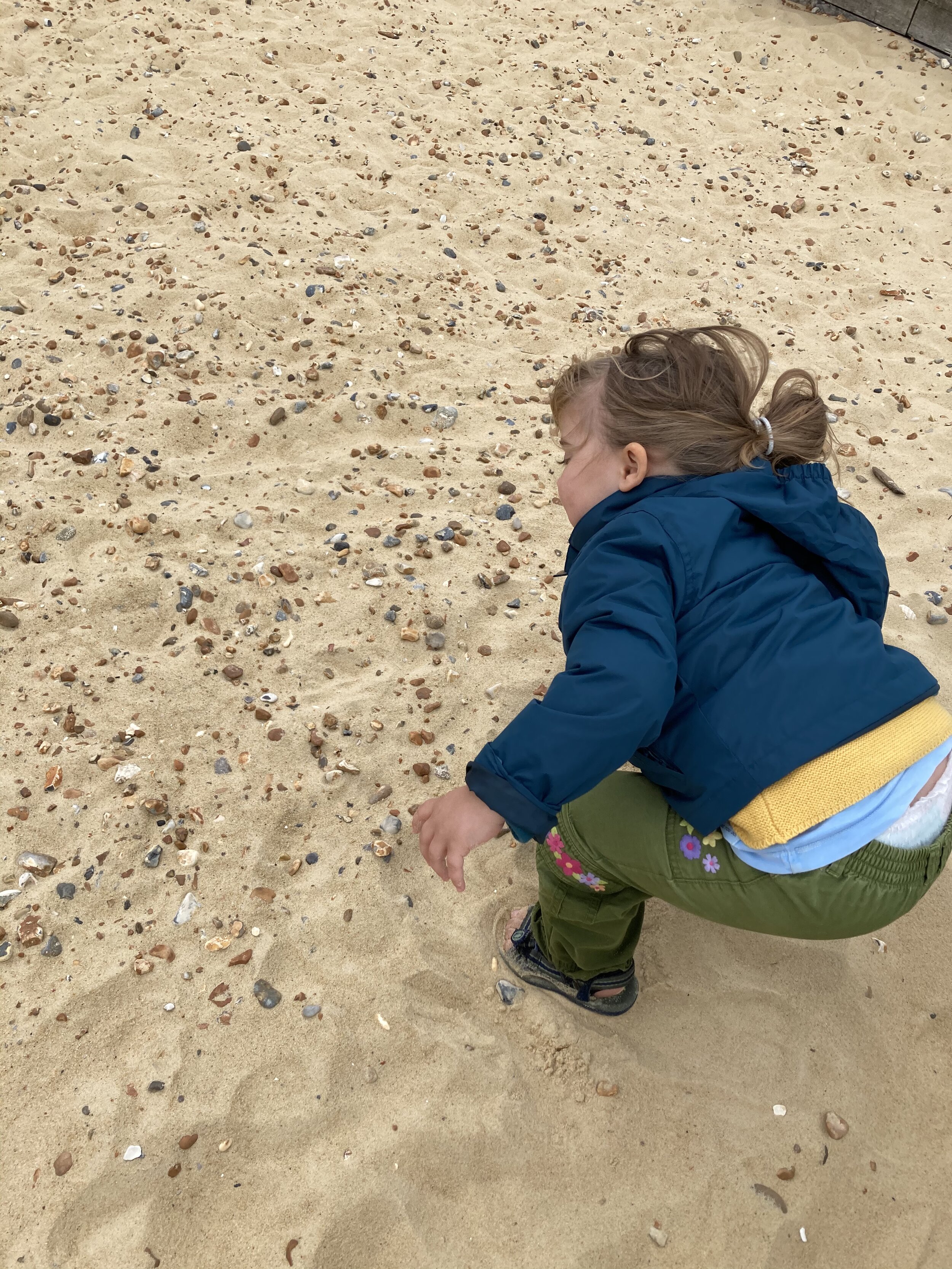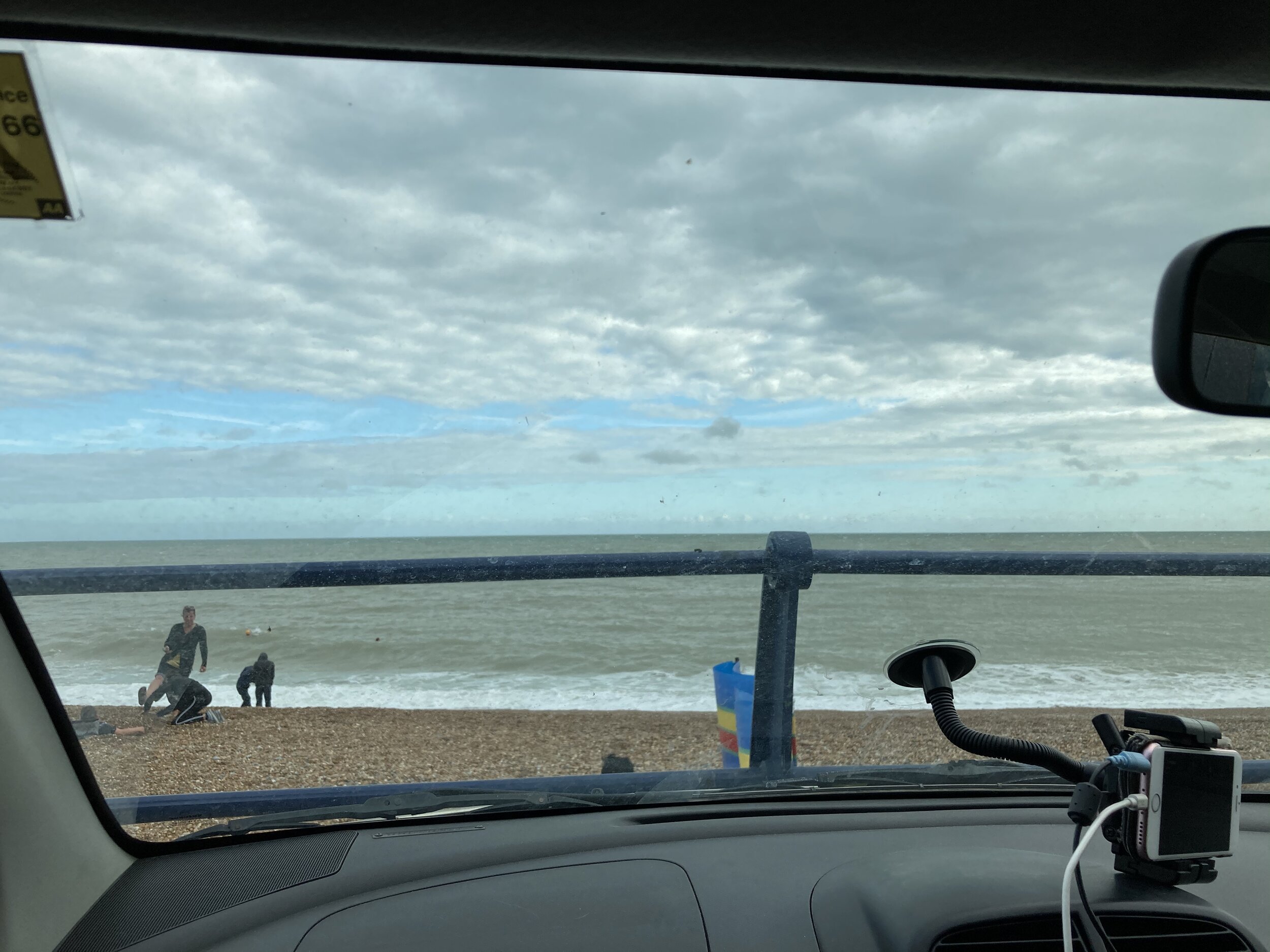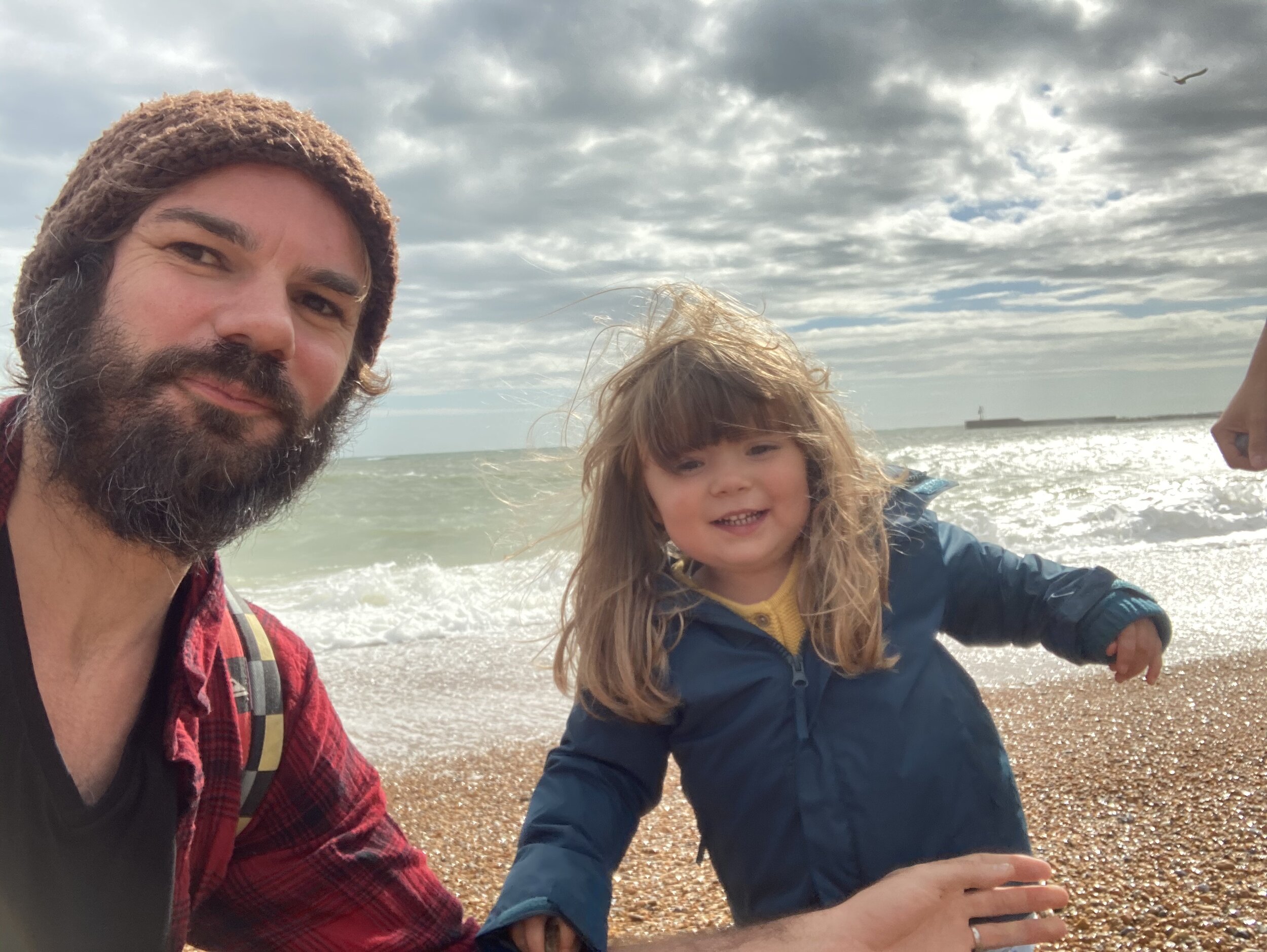This ancient island of ours has seen many an invasion. From the Beaker people to the Belgae, Romans to the Angles, Saxons to the Vikings, this little rock on the edge of the earth known affectionately as Albion, was already a melting pot of cultures before the pesky Normans arrived on that famous year in British history, 1066.
The Norman invasion is one of the best recognised and most significant periods in our long and turbulent past. William the Bastard, Duke of Normandy, later more pleasantly titled William the Conqueror, ventured across the Channel to claim his right to the throne of England following the death of Edward the Confessor. Upon his arrival on the shores of Albion, William was soon to be met by the English Army under the leadership of King Harold. The resulting war for the Kingdom would go down in history as...
The Battle of Hastings
Hastings has long been a favoured escape for our little family, especially since our move to the south east of England. It is our most frequented sea-side spot, offering all the unique perks of a British coastal town. Ice Cream, chips on the pebble strewn beach, astonishing ocean views, delightful little historic pubs, boats aplenty and a variety of play parks for Audrey to conquer!
We have made the journey on several occasions and revelled in exploration of the town and its surrounds. The old town of Hastings is a perfect reminder of an ancient coastal settlement. Narrow winding streets with close buildings, antique stores, pubs and restaurants, a real rustic feel to it all. It is not difficult to imagine these very same streets brimming with sailors and fishermen, pirates and explorers, sharing their bewildering tales of ocean voyage and adventure.
A perfect turquoise sheet stretched infinitely to the southern horizon, billowing and breaking in the blustery wind. We climbed the hills to the charming houses above, old, entrancing buildings with the most spectacular views over the inviting ocean. One of these buildings had even been our lodging on a rather special occasion when Emily Archaeomum and I were still exploring the early stages of our romance. The house was called the Beacon, an old lodging full of delightful art and period character. We found the welcoming accommodation through Air B&B, whether it continues to be used as such, I do not know, but if so, I highly recommend it!
Also on the cliff top are the ruins of Hastings castle. We ventured into the crumbling stone remains of what had once been a formidable fortress. When William arrived in Hastings, he constructed a wooden castle in the motte and bailey style. After William’s victory, he ordered the castle be rebuilt in stone. Today, only a fraction remains, but it commands the cliff edge and would have been a stern reminder of the new power of the island rulers.
One of the things that I was not aware of until spending time in this delightful coastal spot was that the Battle of Hastings was not actually fought in Hastings. The Battle was fought further inland, about 7 miles northwest near the town of Battle. So it would be more apt to be named The Battle of Battle... but the name Battle only emerged after the Battle, named in commemoration of the famous fight.
So to the battle itself, there are many conflicting accounts of the Battle of Hastings, but the general, though very simplified thread seems to be something like this:
As mentioned, the death of the childless Edward the Confessor led to a power struggle between several factions. Harold Godwinson initially took control, having claimed the Confessor named him successor on his death bed. Harold’s brother, Tostig, also had eyes on the throne. He caused a number of uprisings, during the most significant of which he joined forces with the Norwegian King, Hardrada. Hardrada believed he had a claim to the throne thanks to a deal with Harthacnut, one time King of England and the half brother of Edward the Confessor.
Harold defeated the joint forces of Tostig and Hardrada at the Battle of Stamford Bridge, but he wasn’t given much time to enjoy his victory as news soon arrived that William and his forces had landed in Pevensey, just to the west of Hastings.
Harold was forced to march his battle weary army over the island to face this new foe. William of Normandy believed he had been promised the throne by Edward the Confessor. Edward spent time in exile in Normandy and many in his court were from that Kingdom, so it is possible he could have offered the crown to his closest kin. William was furious when he learnt Harold had taken the throne from his grasp and immediately set to work on taking back what he believed was rightfully his.
The English Army marched to the area now known as Battle, and set up their forces at the top of a hill. The Normans drew up in three ranks and attacked with archers. Thanks to the geographical positioning and their shield wall, the archers of the Normans were fairly ineffectual. During some skirmishes, the Normans believed that William had been killed. The English rallied and pursued the fleeing Normans but William, very much alive, rode through his forces and encouraged the soldiers. They turned on the now broken lines of Harold’s army and slaughtered the pursuers.
Seeing the success of this tactic, they feigned retreat again, drawing the English into a chase before turning and massacring the disorderly army. Eventually, whether by an arrow in the eye or being cut down by a knight, Harold was killed in battle and the leaderless army were defeated. There were further smaller battles, but William the Conqueror was crowned the King of England on Christmas Day 1066.
At Battle, in the year 1071, construction of an Abbey began, to commemorate the victory. It is believed that the Abbey was erected on the site of the battle and it has even been speculated that the high altar was placed on the very spot King Harold fell.
The town of Battle is a quaint rural pleasure. It retains an ancient character, with bowing buildings overhanging into the street and a number of delightful pubs and restaurants. Battle Abbey is run by English Heritage and contains the Abbey and ruins as well as the grounds of the battlefield. These days, it is a scenic pleasure, perfect for a sunny stroll and well signposted with regular information boards exploring the various historical intrigues and battle facts. It must be a far cry from the terrifying chaotic bloodbath which occurred in this same space a millennium ago.
We continue to visit Hastings and Battle whenever we get an opportunity. Although, if Audrey continues to collect the stones and shells from the beach at the same rate, we may be able to create a replica Hastings in our front garden in the not so distant future!
One further worthwhile mention... tucked away behind George street, next to a cable car station in a little dead end alley, are a number of unique antique stores and curiosity shops. One of these local shops is an intoxicating musical emporium, selling a fantastic array of instruments and accessories. It was in this fine store I saw the most beautiful machine I ever laid eyes on, a beat up old jazz guitar which played like a dream. I made the awful decision not to buy it... I instantly regretted it!
I went back shortly after but of course, it was gone. I shall never forget that perfect guitar... I mention it now as a word of humble advice, if you ever catch sight of your dreams, don’t let them slip away. These moments are fleeting; grasp those opportunities with every fibre of your being!

